Tracy K. Smith was twenty-two when her mother died in 1994. Nearly a decade later, she published The Body’s Question, her first book of poetry, in which she reflected on that loss. In “Joy,” which carried the epigraph “In Memoriam KMS 1936–1994,” Smith writes to her mother, longing to “pick up the phone / And catch your voice on the other end / Telling me how to bake a salmon / Or get the stains out of my white clothes.” Another decade later, she returns to that wrenching loss in the memoir Ordinary Light, published this month by Knopf. Smith’s first book of prose, it is a book of excavation and navigation: The poet revisits her mother’s passing in light of her father’s death in 2008, the year her daughter, Naomi, was born, and in light of the birth in 2013 of her twin sons, Atticus and Sterling.
Smith, who characterizes herself as having been “still an adolescent” when she lost her mother, believes “it took losing my father to help me come to better grips with that first loss and think about what I needed to believe my mother’s life and her death had imparted.” And now, with three children of her own, Smith wishes her mother were nearby to consult about practical parenting concerns, but of course that wish goes deeper: “I want to think actively about the continuum to which I belong—the one that includes my mother and her mother and sisters and their ancestors—and also my children. In my mother’s absence, I want to cement that connection, and words are the best glue I know.”
But why prose? She’s already written poems about her mother, and her Pulitzer Prize–winning Life on Mars is, in many respects, an elegy for her father. A memoir in verse offered an intriguing form, one that is familiar territory—Rita Dove’s Thomas and Beulah (1986) and, more recently, Jacqueline Woodson’s Brown Girl Dreaming, which won the 2014 National Book Award, are exemplary—but Smith credits the influence and encouragement of the German writer Hans Magnus Enzensberger, her mentor in the Rolex Mentor and Protégé Arts Initiative, for emboldening her to venture into prose. Smith had never heard of the mentorship program, which pairs older masters with younger artists under forty, until 2008, when she was nominated and flown to Munich along with two other finalists. Each had an interview with Enzensberger and then all four went to dinner, an experience that Smith insists turned into more camaraderie than competition.
She and Enzensberger have become great friends after what sounds like a jet-setting year of being flown to many of the places where he had speaking engagements: “We rendezvoused in Tenerife and Paris, and gave a reading together at the public library in London. We spent much of a summer in Munich, where he lives, working on the book and getting to know each other.” In addition to face-to-face meetings, the two e-mailed back and forth, with Smith sending him parts of her work for comment. The idea she began with was, by her own description, “a big, ambitious mess” about a whole range of experiences, but Enzensberger urged her to focus discrete memories toward “a narrative with characters that moved beyond the private realm to take in and consider the relevant public history.”
From the beginning, Smith says, she knew she wanted to write “genuine prose,” possibly because some of what she wanted to explore had already been unearthed in her poetry. “But I also wanted to embrace a fuller sense of myself as a writer,” she says. And she wanted to work within “sentences, clauses, paragraphs, the whole to-do,” since, as she writes in Ordinary Light, “Being able to tell a good story was currency in my family.” Prose gave her a certain amount of freedom to explain and elaborate. She realized how much she relies on metaphor in her poetry to evoke “a strange, powerful sameness between two otherwise disparate things.” In prose, she initially felt reluctant to elaborate on an image or interrogate statements she made, but soon discovered her expansive abilities. “I learned that prose can bear the weight of much more explication,” she says. “I can think and rethink, even second-guess or analyze something on the page in prose without going overboard. The sentence, in prose, can be as tireless as an ox.”
Enzensberger recognized, perhaps before Smith herself, that her story was about her family, with her mother as the central character. Smith opens Ordinary Light with her mother’s deathbed scene, the family’s vigil during the final hours of her mother’s life, remembered twenty years later:
Then we heard a sound that seemed to carve a tunnel between our world and some other. It was an otherworldly breath, a vivid presence that blew past us without stopping, leaving us, the living, clamped in place by the silence that followed. I would come back to the sound and the presence of that breath again and again, thinking how miraculous it was that she had ridden off on that last exhalation, her life instantly whisked away, carried over into a place none of us will ever understand until perhaps we are there ourselves.
From that solemn moment, Smith circles back to her childhood as the adored and indulged baby in a family of five children and, further back, to her parents’ coming of age in Alabama at the dawn of the civil rights movement. Dedicated to her daughter, Naomi, Ordinary Light began as a way for Smith to bring her parents back to life, “to reconstruct them,” as characters for Naomi. “At least that was my intention,” Smith says, “though in the execution it has become a book about me—about excavating my own experiences, anxieties, and evolving beliefs.”
When asked about the title, she hesitates, musing that “maybe it’s the feeling of wholeness and safety and ongoing-ness that we slip into sometimes in our lives.” But after Smith settled on Ordinary Light as her title, she added an opening quote from James Baldwin’s “Sonny’s Blues,” one of her favorite short stories. As Baldwin’s narrator recalls the perfect family Sunday afternoons of his childhood when all’s right with the world, he cautions: “But something deep and watchful in the child knows that this is bound to end, is already ending. In a moment someone will get up and turn on the light.” In her new memoir, it is this moment that Smith explores for herself and her own children—the moment when we hear the tiger at the door.
***
In many ways, Smith seems to have lived a charmed life. Her father retired from the Air Force at forty-five because he did not want to uproot the family once again by accepting an overseas post. Trained as an electronics engineer, he found a job in Silicon Valley, eventually working on the Hubble Space Telescope. Her mother, while active in her church and community, did not work outside the home except for a short stint as an adult-education teacher. Tracy, eight years younger than her closest sibling, recalls a childhood when “all of my siblings doted on me, then left for college. So I had this abundance of attention for a time, and then a period of abundant solitude.” A participant in gifted programs throughout her public school education, she graduated from Harvard College in 1994 with a BA in English and American Literature and Afro-American Studies. After an extended return home following her mother’s death, Smith attended Columbia University, earning an MFA in 1997; she went on to a two-year stint as a Stegner fellow at Stanford University. She taught at Medgar Evers College in Brooklyn, New York, and at the University of Pittsburgh before joining the faculty at Princeton University in 2005, where she is currently a professor of creative writing.
Smith has published three collections of poetry—The Body’s Question (2003), Duende (2007), and Life on Mars (2011), all with Graywolf Press—each receiving critical acclaim and significant literary prizes. In the introduction to her first book, which won the Cave Canem Poetry Prize, poet Kevin Young, the contest judge, heralded an exceptional new voice: “Smith is a maker, a wordsmith of the first order.” In 2012, Life on Mars won the Pulitzer Prize for poetry. Two years later Smith received an Academy of American Poets Fellowship. Among her other awards and fellowships are the James Laughlin Award from the Academy of American Poets, the Rona Jaffe Foundation Writer’s Award, an Artist’s Residence at the Fundación Valparaíso in Spain, and an Essence Literary Award.
Smith had a series of mentors even before her time with Hans Magnus Enzensberger, as she developed her identity as a poet. A reader from the outset (one of the chapters in Ordinary Light is titled “My Book House”), she experienced a sort of epiphanic moment in college when she read Seamus Heaney’s poem “Digging.” She describes how everything in that poem—the male speaker, the Irish setting—should have been completely foreign to her, yet, she says, “I felt so much a part of the landscape and the family he was describing that I realized this was what I wanted to do with language.” Ultimately, she got to know Heaney as one of her teachers. At Columbia, Mark Doty became, and remains, an important influence and mentor to her, someone who she says is “so generous and present” to his students.
Yet the seemingly idyllic life of Smith’s nuclear family—“us as an invincible unit,” is how she describes them in Ordinary Light—can prepare, though never entirely protect, its members from the loss of certainty and security and, especially, the realities of racial politics. Smith is known for sharpening a political edge in her poetry, whether she’s writing about science fiction, pop culture, or current events, and this memoir is no exception. “In writing this book, I was forced to speak about and into many of the silences that ran through my life: silence about race, silence about the painful features of African American history, silence about my own choice to turn away from or reenvision the religious faith I was raised in,” she says.
One of the side effects of the memoir, Smith discovered, is that her adult perspective remained active even when she was writing about childhood: “So Tracy the citizen was allowed to engage with these private stories, just as Tracy the mother was allowed in at times,” she says. What she calls “shifting subjectivities” becomes especially clear when she writes about returning as a child to Alabama, where her parents grew up, to visit her large extended family (her mother was one of thirteen siblings):
I was ten years old, living with a vague knowledge that pain was part of my birthright, part of what was meant by a word like Home. It was not the kind of beautified self-inflicted angst that can transform a girl into a swan or a doll or an ice princess in the ballet…. No, what I felt, what I feared and discerned, even from my rather far remove, was the very particular pain that was tied up in blood, in race, in laws and war. The pain we hate most because we know it has been borne by the people we love. The slurs and slights I knew were part and parcel of my parents’ and grandparents’ and all my aunts’ and uncles’ lives in the South. The laws that had sought to make people like them—like us, like me—subordinate.
“Growing up black in America is inherently political,” Smith says, and her own experience proved that collision with that reality is not limited to the South. In Ordinary Light, she remembers the sting she felt when one of her high school teachers in Northern California offered faint praise as encouragement by pointing out, “You’re an African American woman. You should take advantage of the opportunities that will bring you.” Even as she received one acceptance after another to impressive schools, including Harvard, Smith writes that this man’s “voice whispered in the back of my mind whenever the word diversity was printed among the catalogue copy.”
Through writing Ordinary Light Smith has also come to some peaceful terms with the fierce religious faith that guided her mother’s life. Even as a child, she struggled to understand her mother’s devotion, especially regarding the concept of salvation, “when the world of my family was the only heaven I needed to believe in.” As an adolescent and young college student, Smith felt the growing distance from her mother in her sense of religion as something imposed, even oppressive. Writing Ordinary Light has helped her appreciate the key role of the African American church of her parents’ era in fostering a sense of family, community, and discipline “in a world full of disparities.” Even her father, with his systematic, orderly mind, Smith says, prayed with and read the Bible to his children. He was a man grounded in both the worlds of science and faith. In Ordinary Light, we meet the meticulously ordered world that her parents, especially her mother, created for their children, inspired, in many ways, by their religious beliefs: “a life that would tell us, and the world, if it cared to notice, that we bothered with ourselves, that we understood dignity, that we were worthy of everything that mattered.”
Smith believes that the process of writing the memoir helped her codify some of her own beliefs and anxieties about religion and to speak “honestly” about how she sees God—something she needed to do for herself but that has also helped her decide what elements of her religious inheritance she wants to offer her children. “I hope they will bring their own ideas and feelings to the conversation,” she says. “I don’t want to subject them to the hard-and-fast, top-down approach to belief that repelled me.” Would her mother, who grew more religious after her cancer diagnosis, approve? Smith’s not sure, though her siblings have responded positively to the book, and she believes that “much of what the writing has urged me to discover along the way would make perfect, familiar sense to my mother.”
***
Coming at a difficult time in her life, when her first marriage had ended, the offer of a position at Princeton was, Smith says, “a benediction that my life would go on, that everything would be okay.” So far, it’s been more than okay. She relishes teaching: “Let’s just be honest and say that we academics have the best, most humane work schedule in the world, and I get to spend my workdays talking to smart young people who are devoted to the very same thing I love.” Admitting that Princeton’s faculty roster of luminaries is “pretty daunting,” she characterizes her colleagues as “happy and fulfilled and therefore very generous” and feels part of the family: “I feel that I’ve grown up at Princeton. I came here with one book. I was a child. That’s a paradigm I’m comfortable with, being the youngest of five kids, and so the eminence of my colleagues felt right, familiar. I’ve always been in the position of admiring the people around me and striving to play catch-up.” Her colleagues apparently agree. Poet and New Yorker poetry editor Paul Muldoon, who invited Smith to do her first public reading of Ordinary Light last December at the Irish Arts Center in New York City, describes her as “a truly exceptional poet, with an eye for the arresting image that puts most of us to shame,” noting also her commitment to teaching: “My office is right beside hers, so I have a sense of her being a teacher who is at once diligent and delighting in her work.”
Last summer Smith became a full-fledged member of that community in a more rooted way when she and her family moved from Brooklyn, New York, where she had lived for fifteen years, to Princeton. She doesn’t really miss the city, and she’s a bit surprised. Apart from the practical reality that she and her husband, Raphael Allison, a literary scholar and poet, were driving to New Jersey to teach every day while their children were in Brooklyn, she says she was emotionally ready to leave: “I have so much more mental space and more patience, now that we’re living in a house and surrounded by so many trees. I used to pity New Yorkers who moved to the suburbs: I had the smug idea that they were ‘giving up,’ but now I think how much of an inherent struggle it assumes, and I chuckle.” Tina Chang, one of Smith’s best friends and poet laureate of Brooklyn, understands, though she says she went through her own “mourning” process when her friend moved. “As always, we write letters and allow our writing to lead us through our friendship,” Chang says. “What has always been interesting to me is that Tracy can occupy any physical space, and her mental space follows. Whether her body occupies India, Mexico, Brooklyn, or Princeton, her poetry fills up that geography, illuminates it, and makes it more alive.”
So, with most of the boxes unpacked, full-time teaching under way, and three young children in tow, Smith is already contemplating another prose work, and she’s on to more poetry projects. New poems are included in a folio that accompanies a Smithsonian exhibition of Civil War photos called Lines in Long Array: A Civil War Commemoration, Poems and Photographs, Past and Present and in an anthology about Thomas Jefferson’s Monticello that is forthcoming from the University of Virginia Press. She is also working on a translation of poetry by contemporary Chinese author Yi Lei and has signed on as librettist for an opera about the legendary 1960s battle between the disparate visions for New York City of urban planner Robert Moses and journalist and activist Jane Jacobs. Although most would be content to accomplish in a lifetime what Smith has already achieved, she considers herself at the end of the first part of her career, and she’s thinking ahead. She’s always been drawn to questions of what we leave behind, what it means to survive, to endure. In her poem “Letter to a Photojournalist Going-In,” from Duende, the speaker wonders if all we do is “kid ourselves into thinking we might last.” But Smith seems more like the tiny creature in “Flores Woman,” who defies the inevitability of her own extinction: “Like a dark star. I want to last.”
Renée H. Shea is the coauthor of a series of textbooks for Advanced Placement English, most recently Conversations in American Literature: Language, Rhetoric, Culture (Bedford St. Martin’s, 2014). She has profiled many authors for Poets & Writers Magazine, including Julie Otsuka, Chimamanda Ngozi Adichie, Edwidge Danticat, and Maxine Hong Kingston.
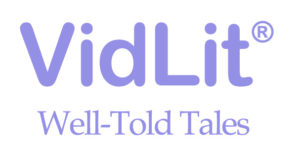



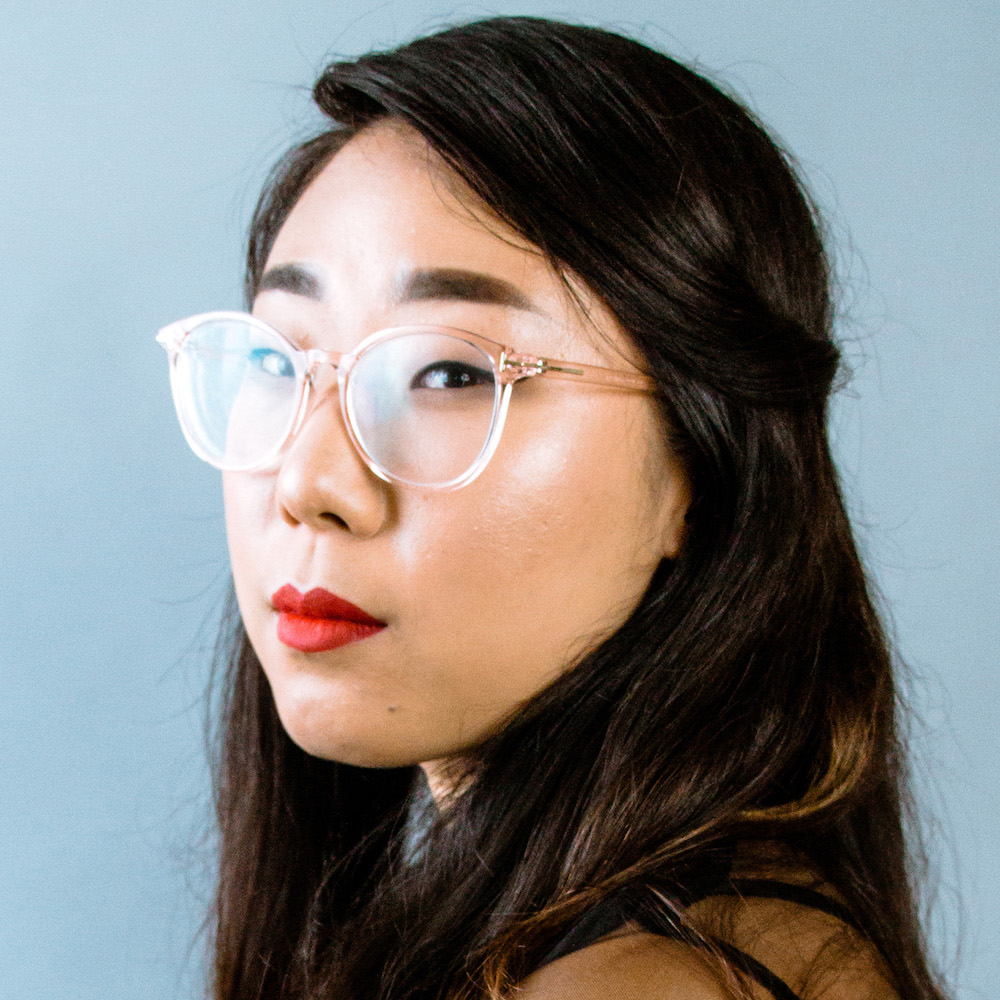
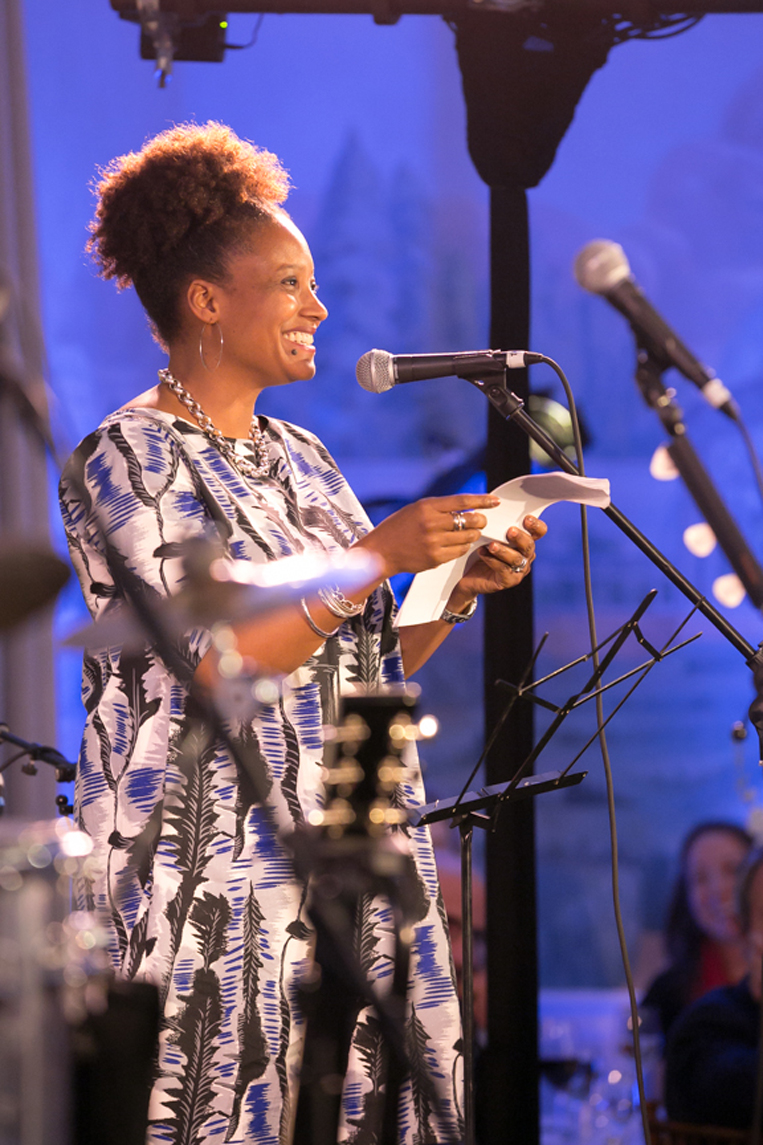
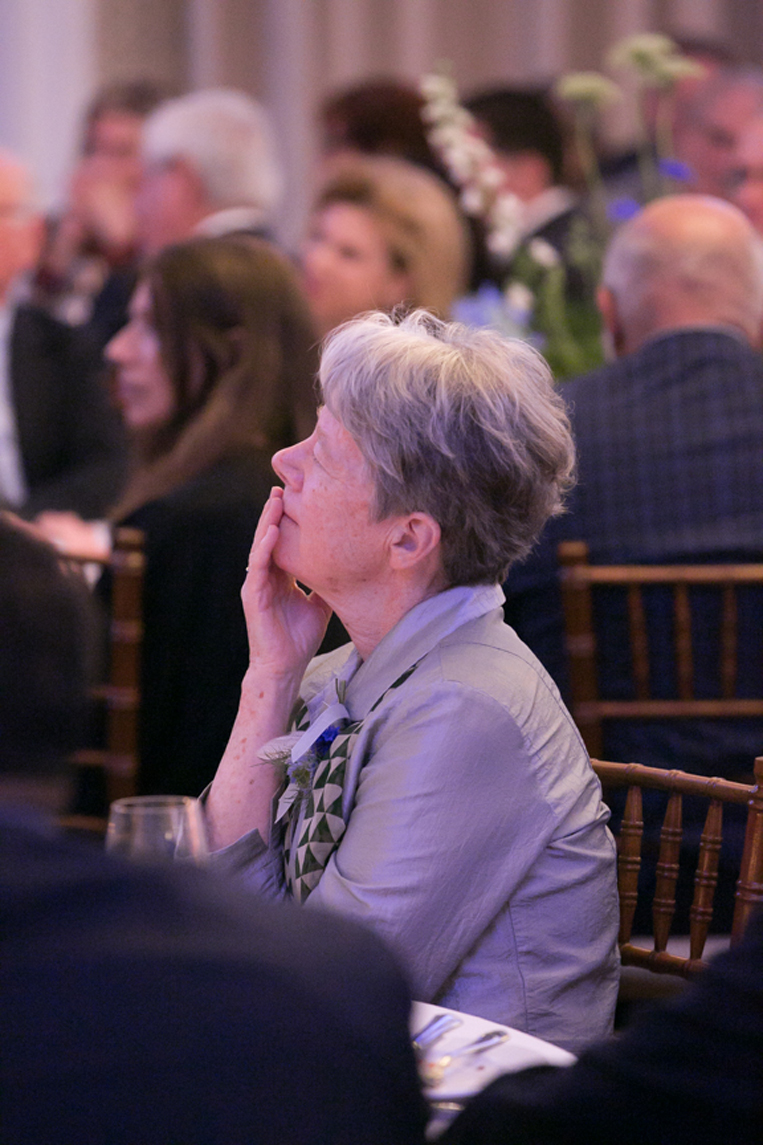


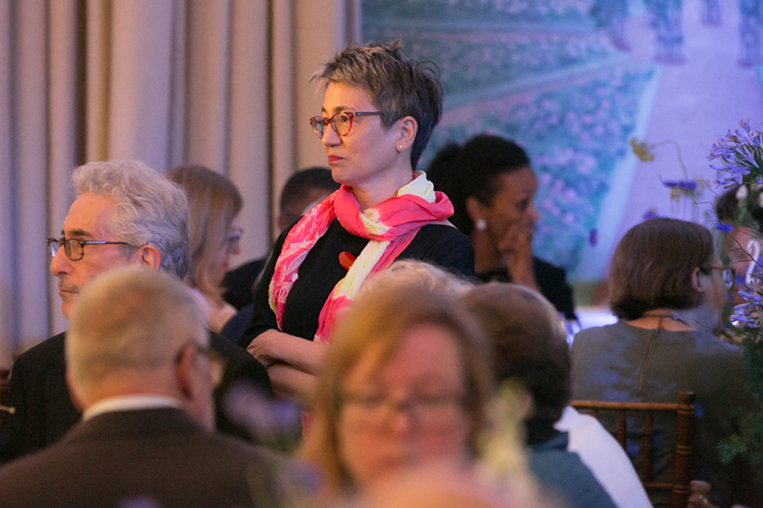
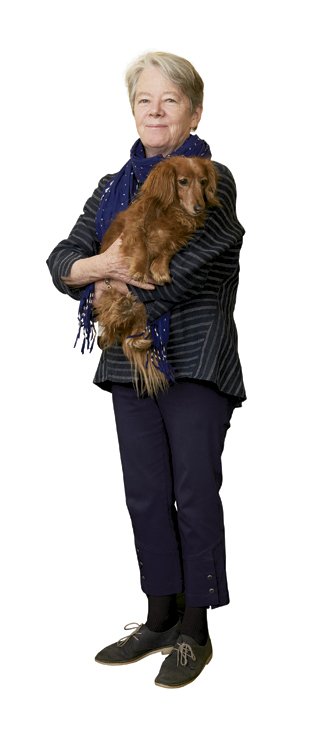
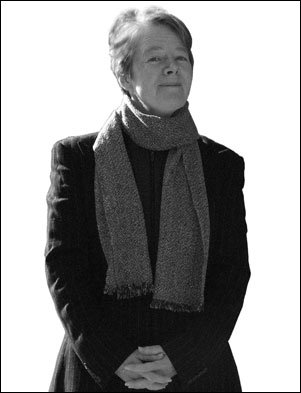
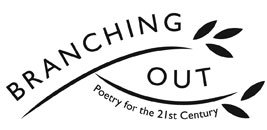
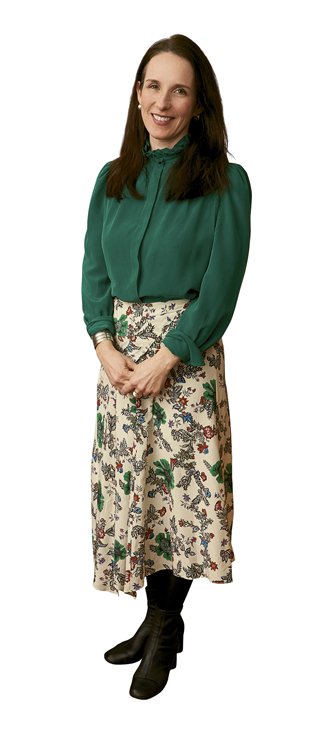
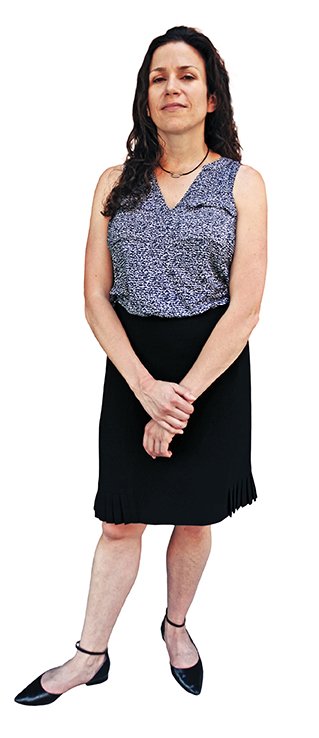
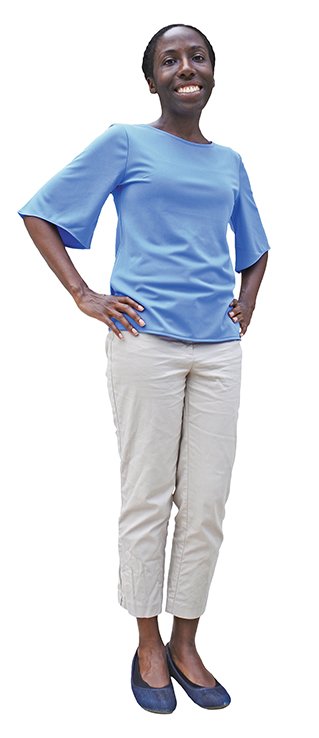
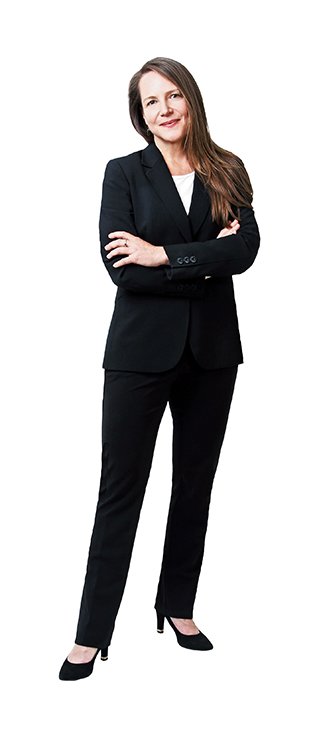
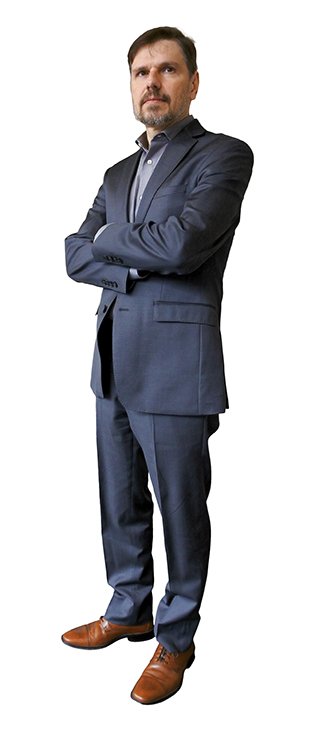
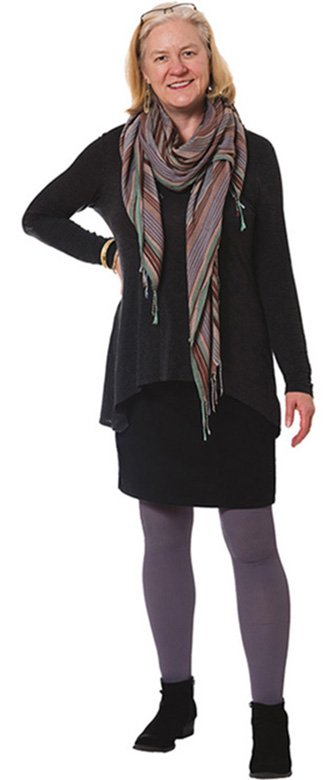
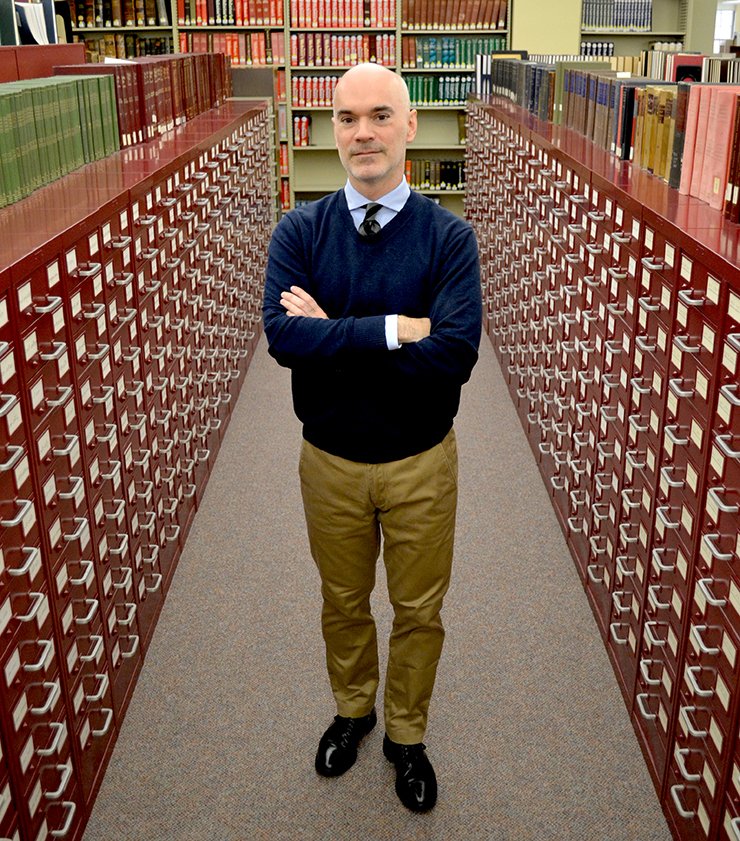


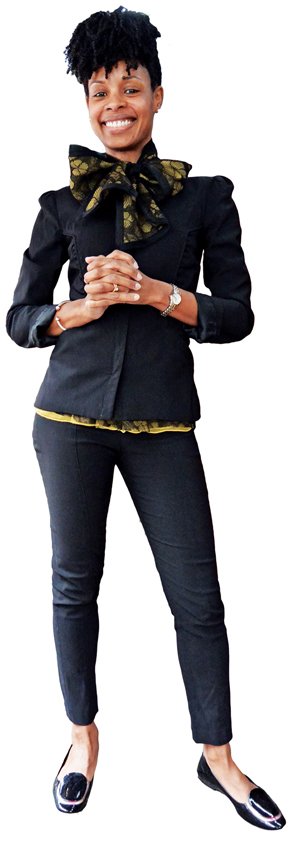

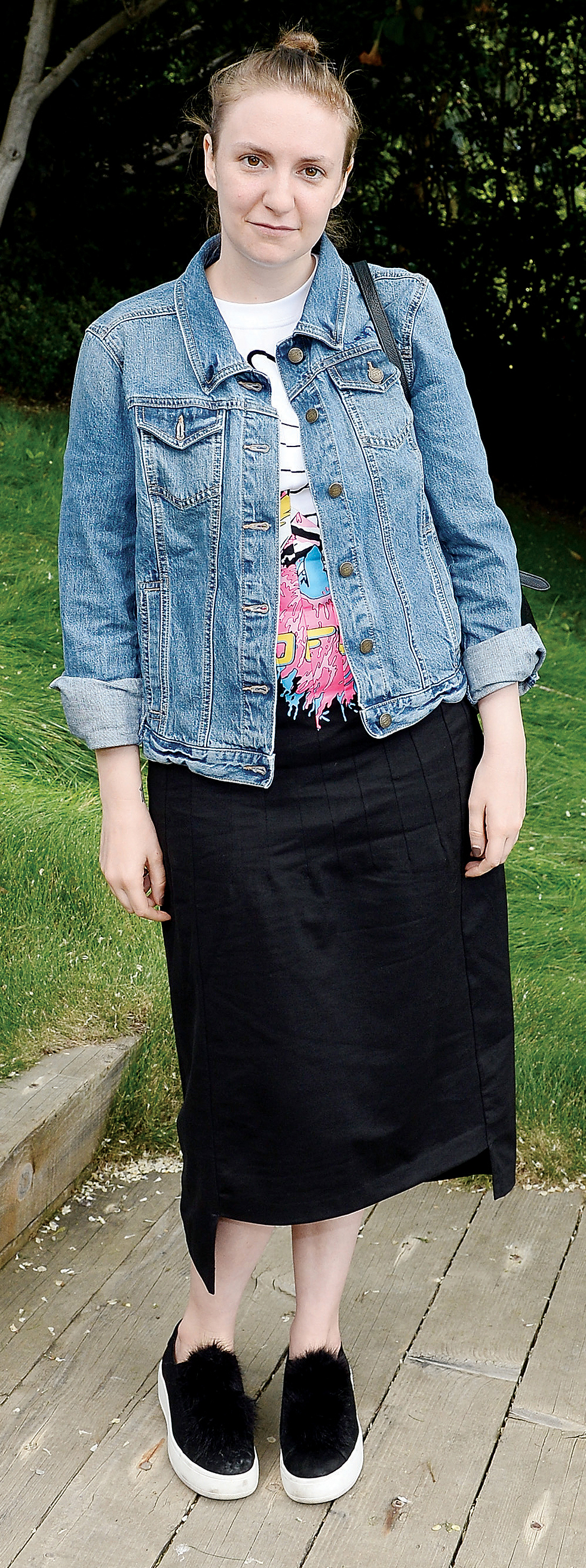
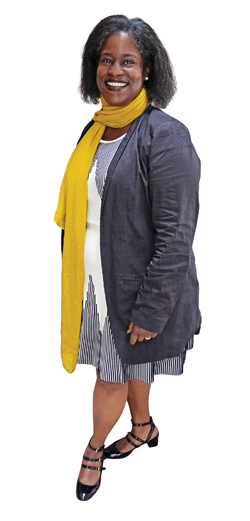 How has Amistad changed or grown in the past thirty years?
How has Amistad changed or grown in the past thirty years?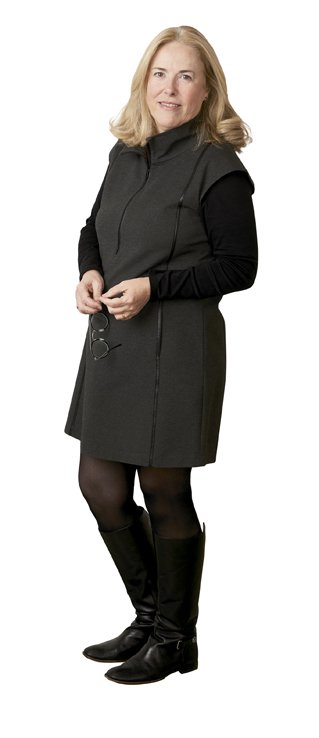
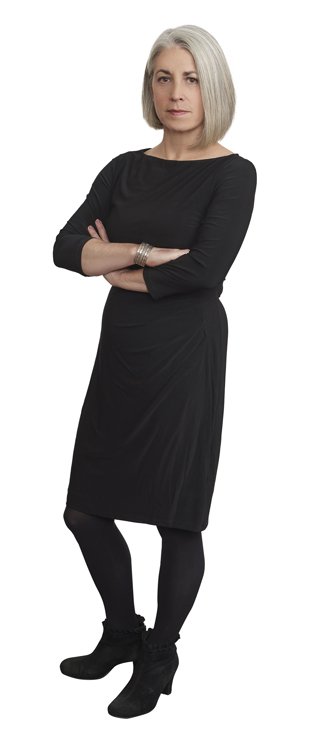

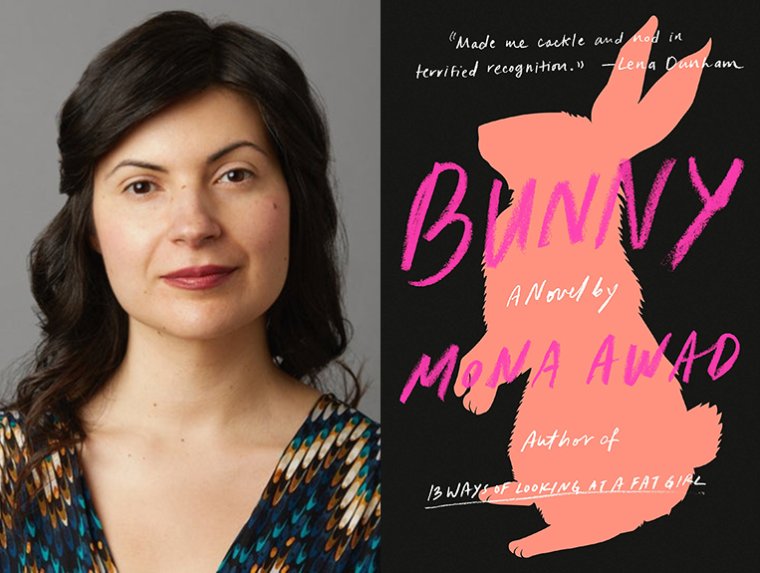
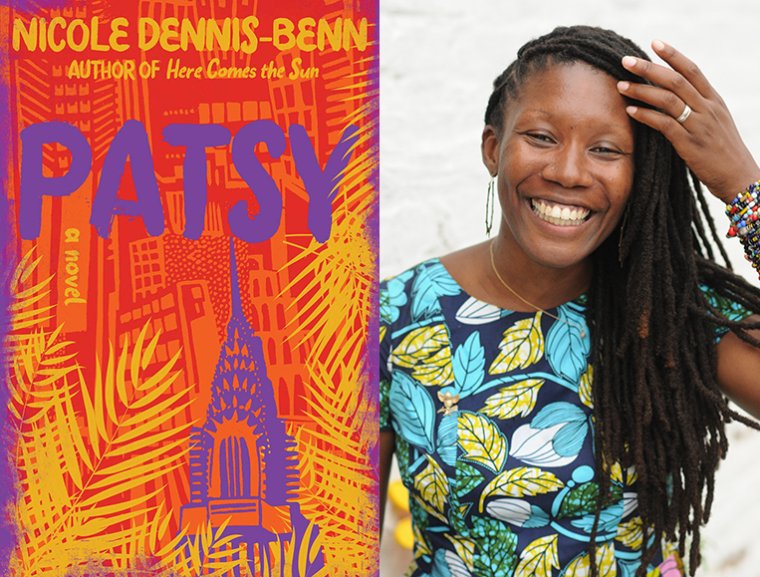
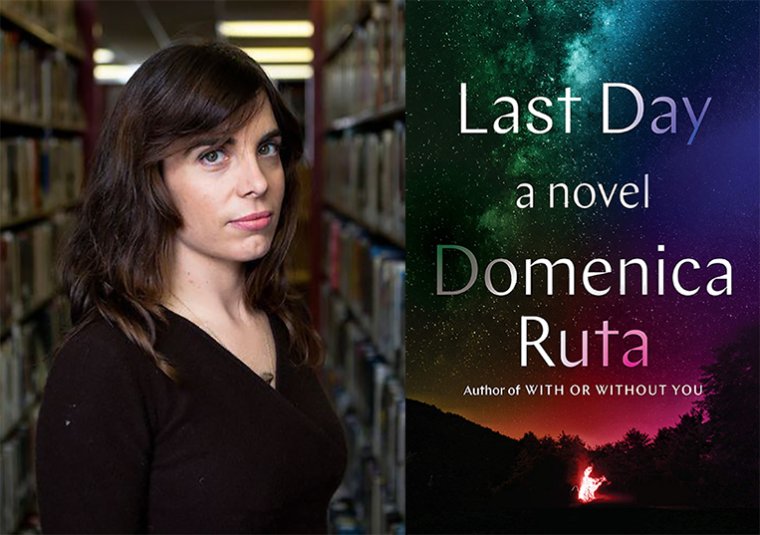
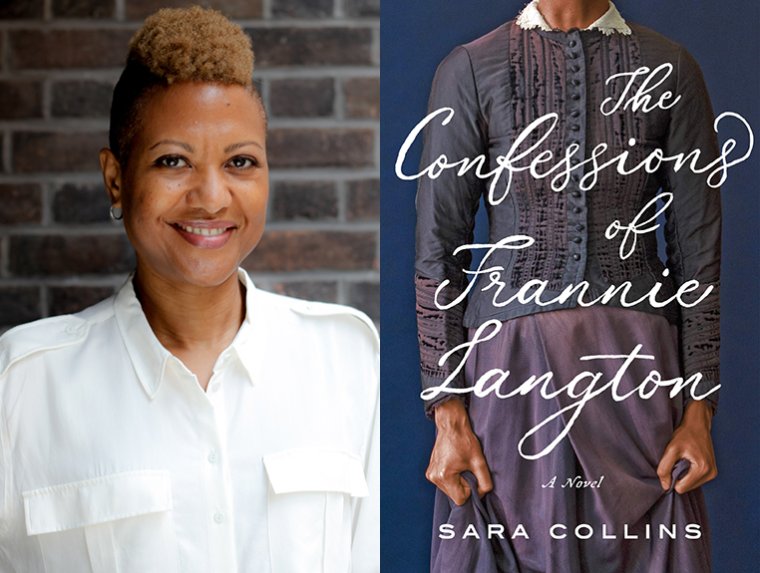
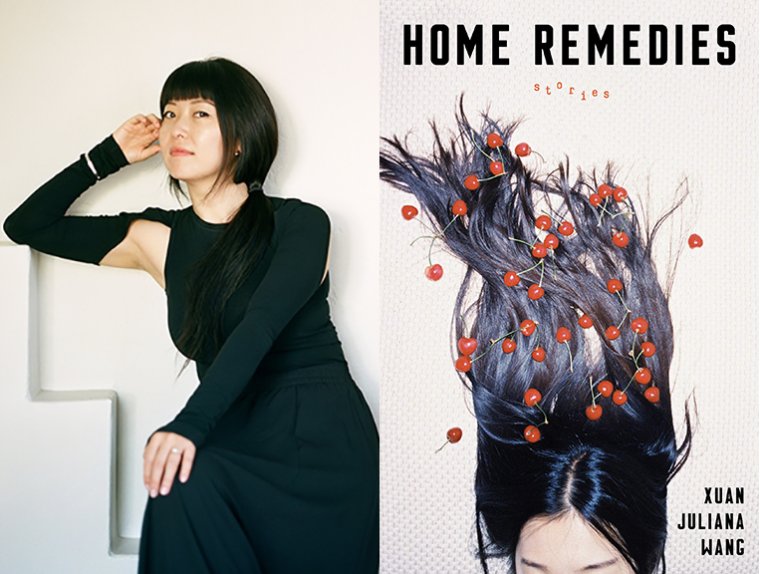
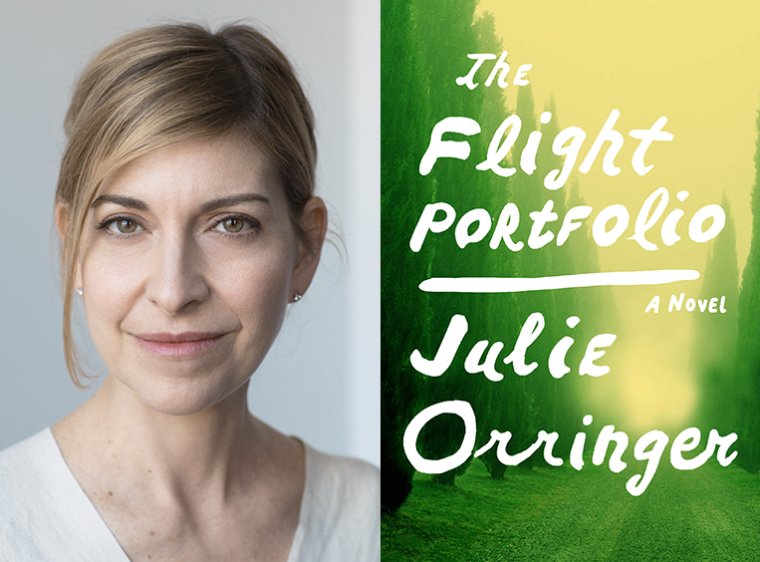
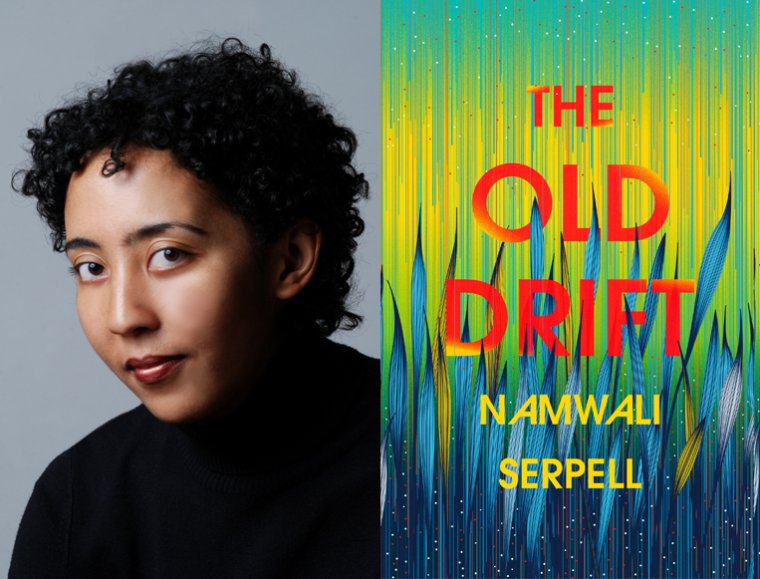
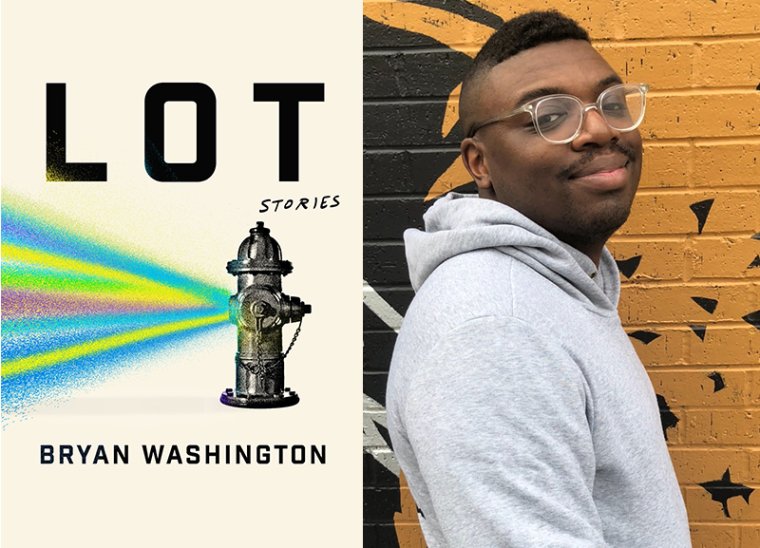
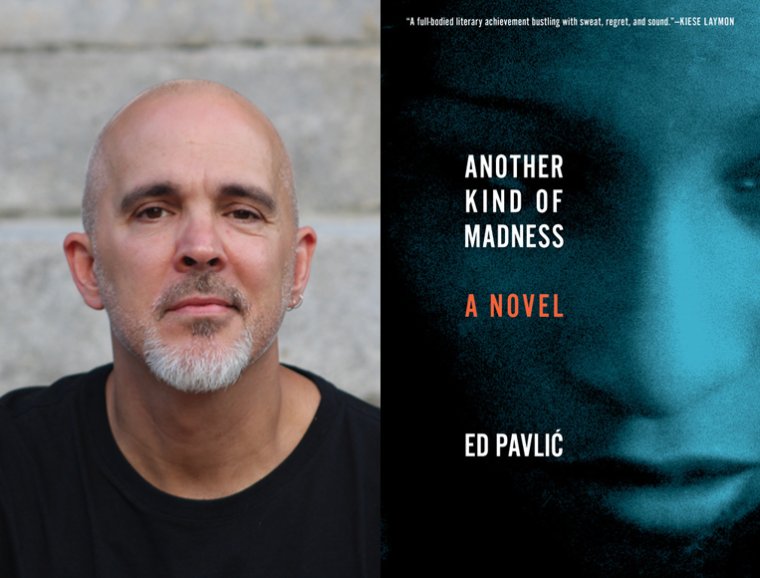
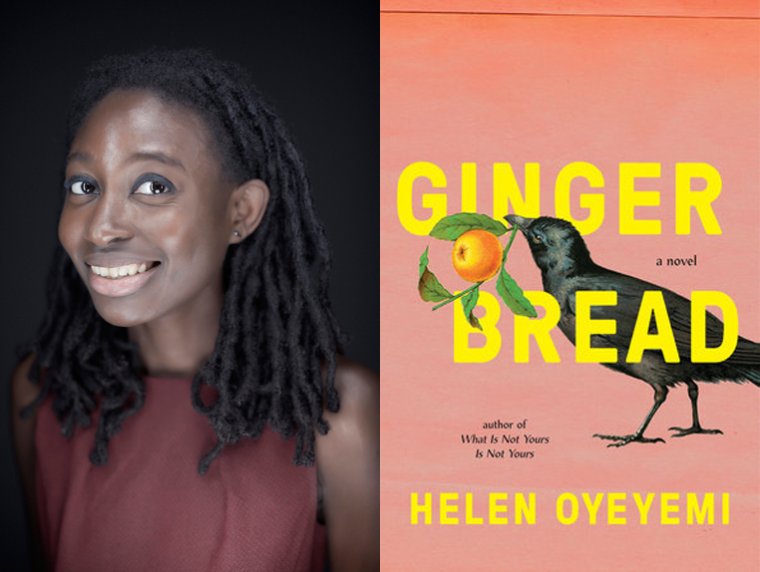
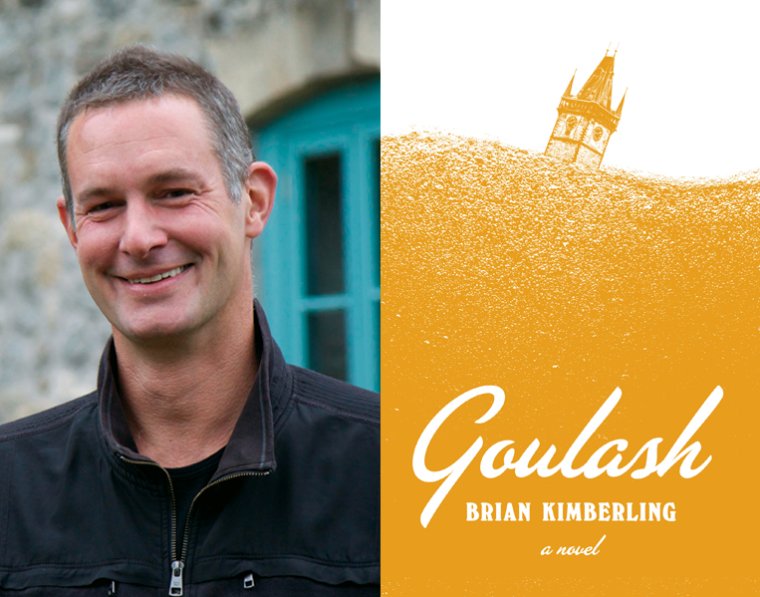
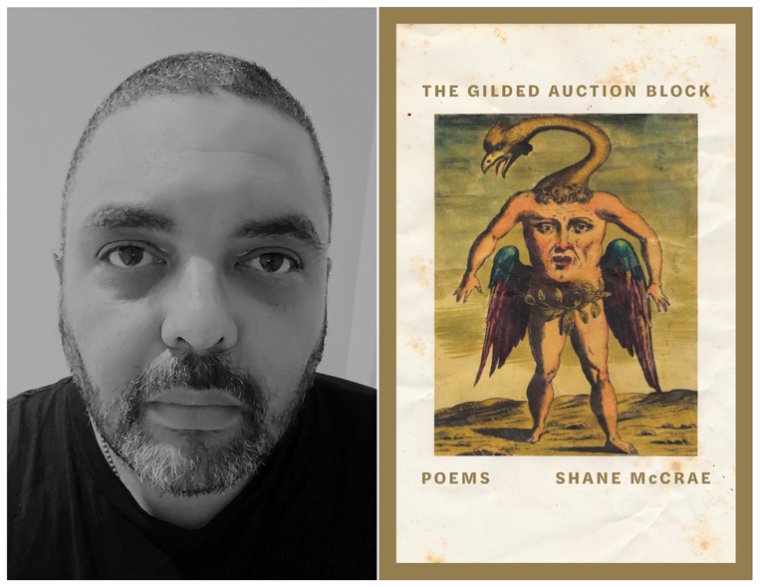
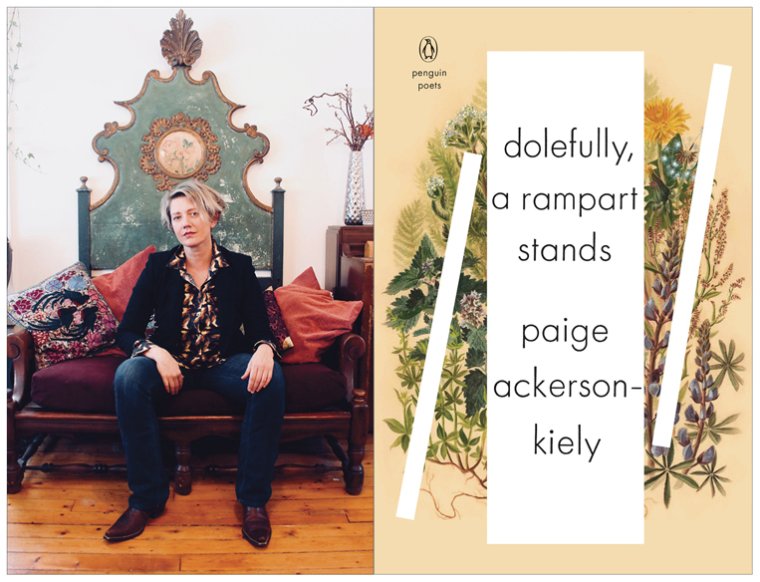
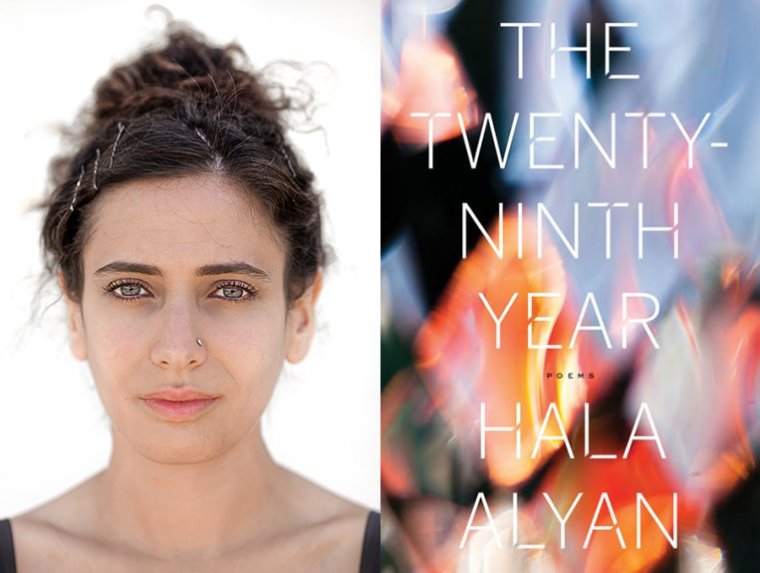

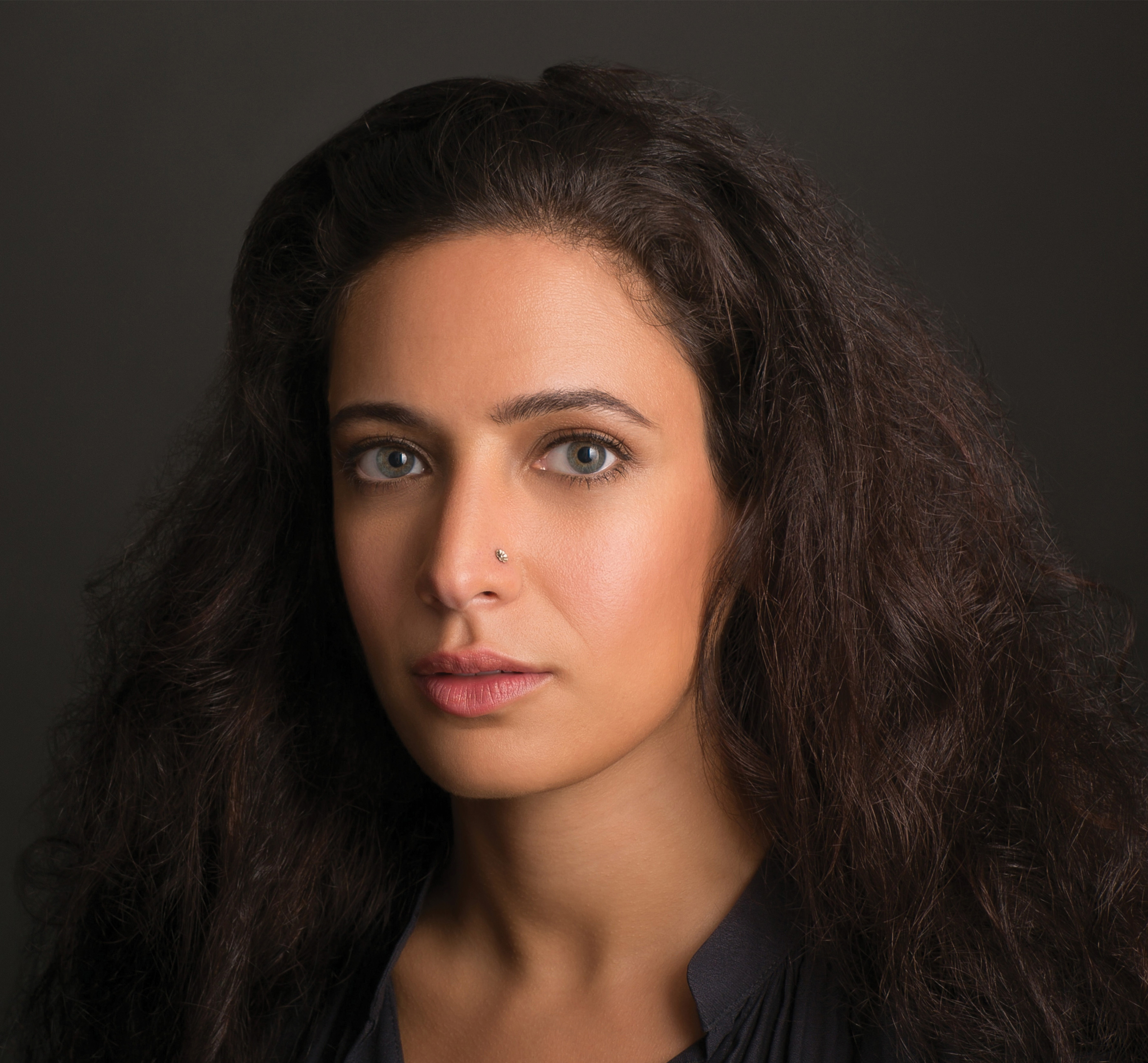
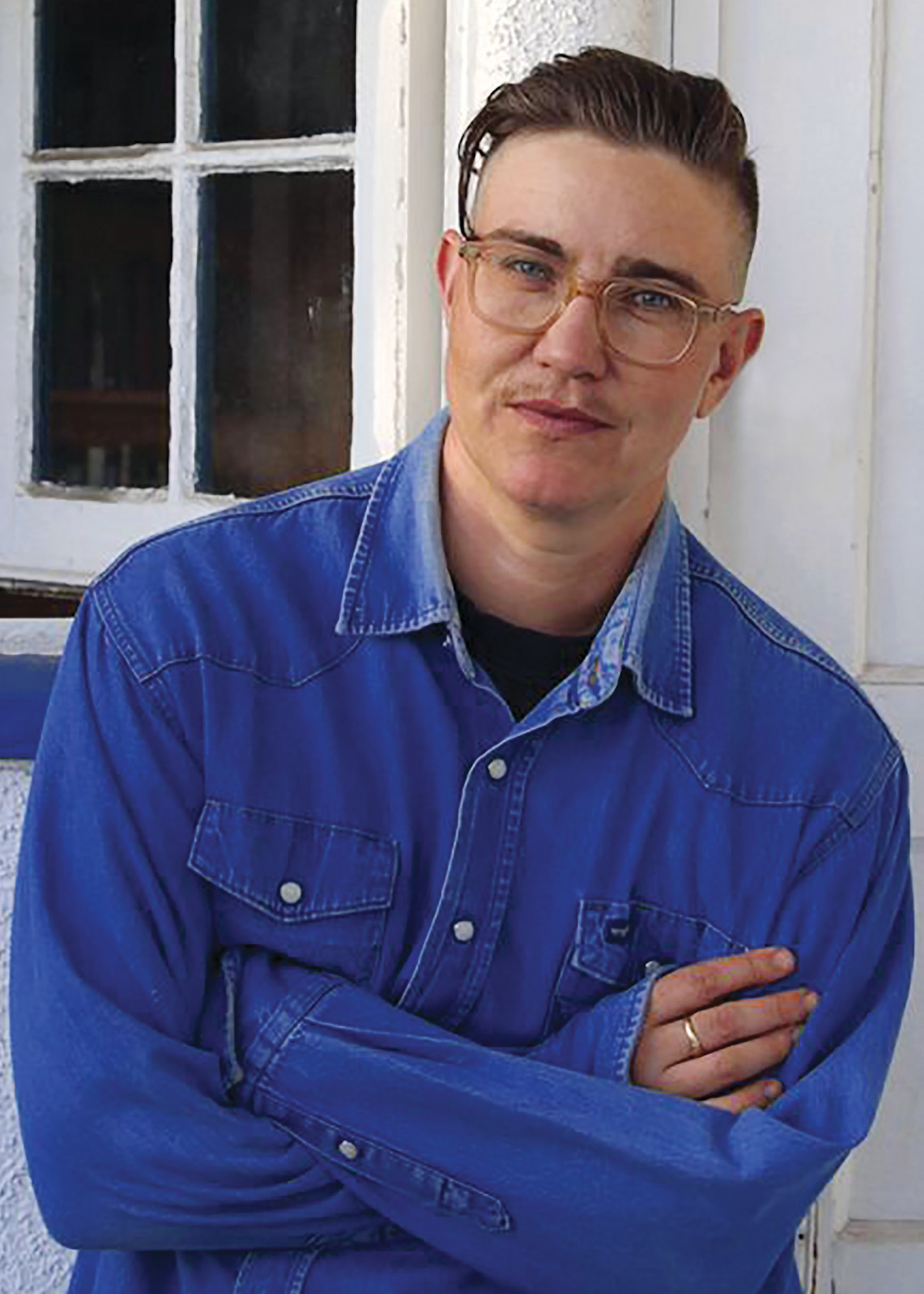
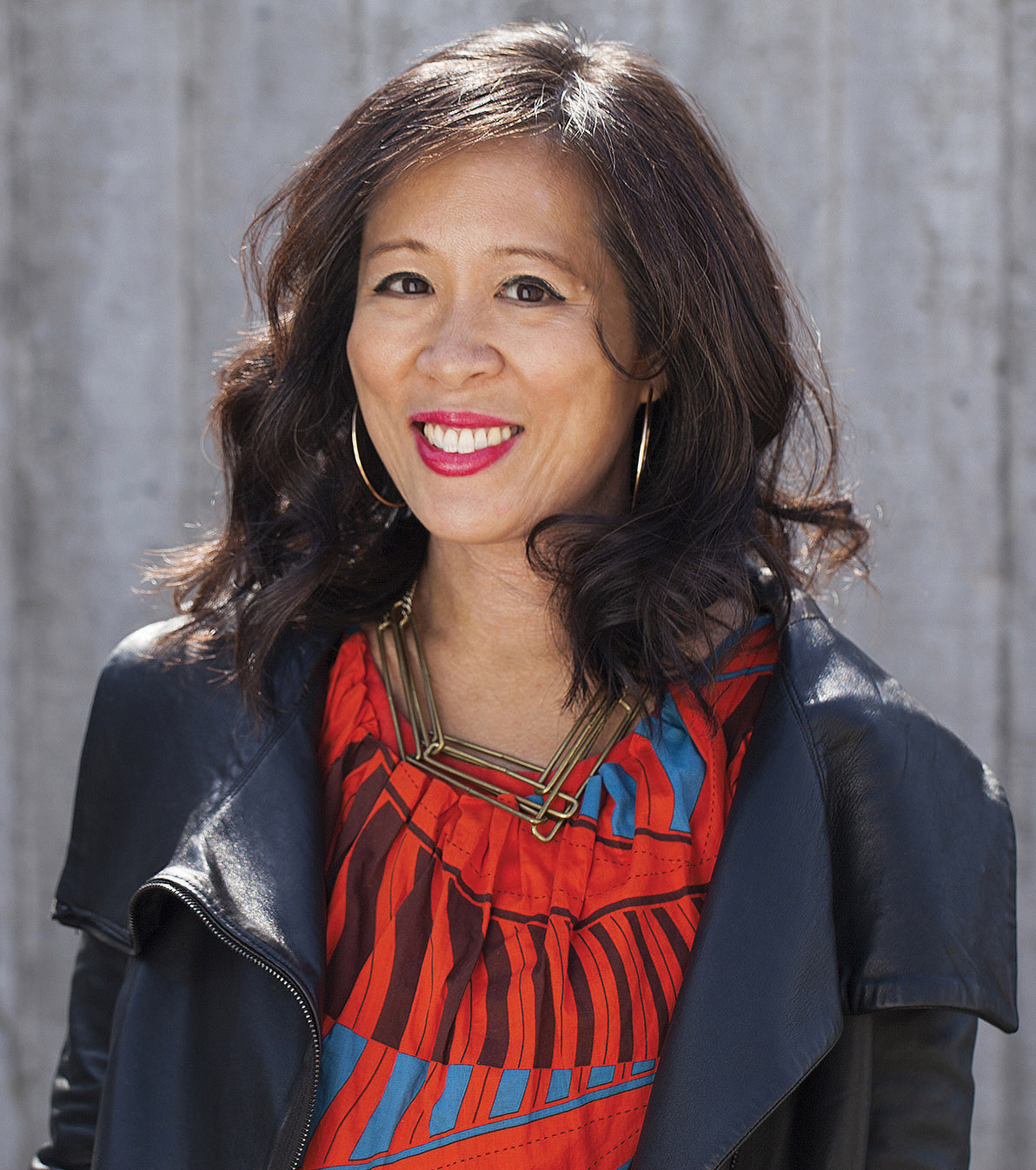
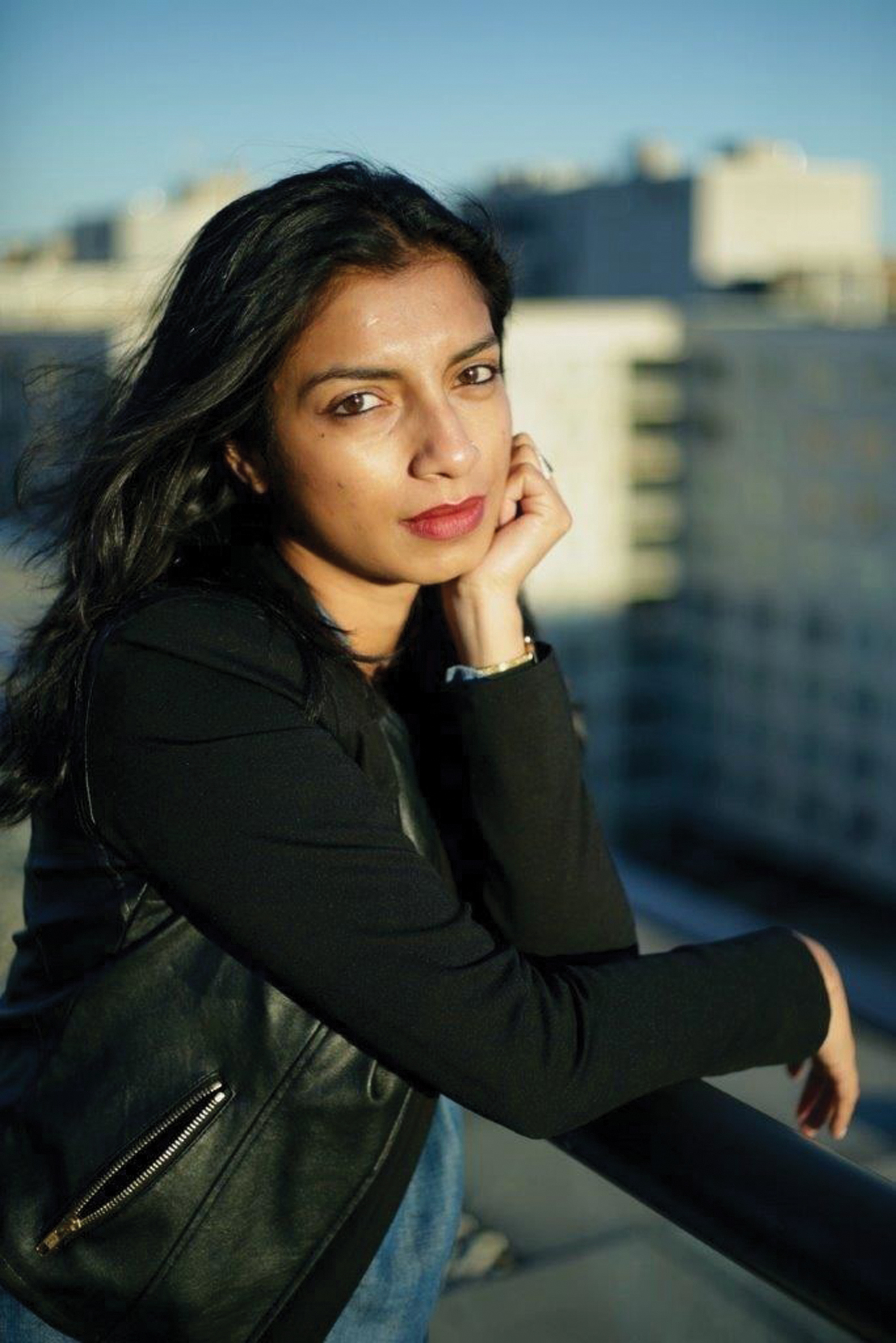
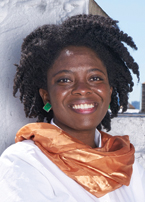
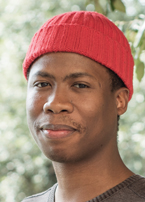
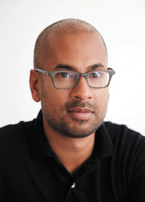
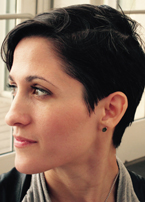
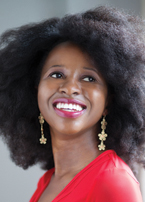
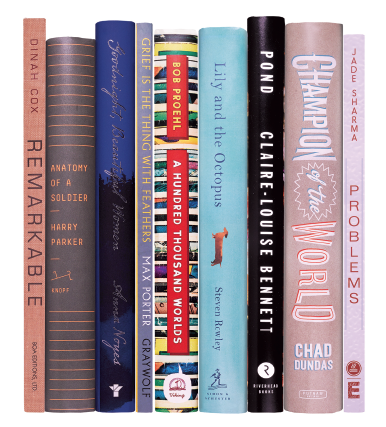
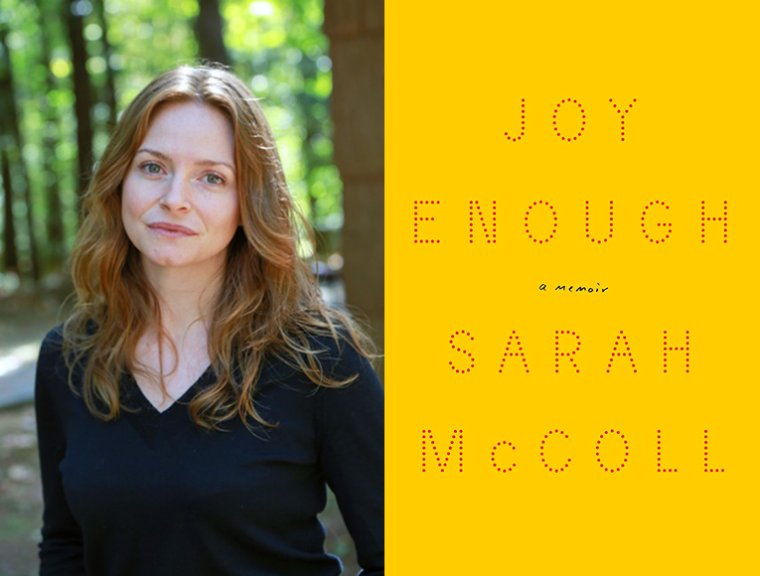
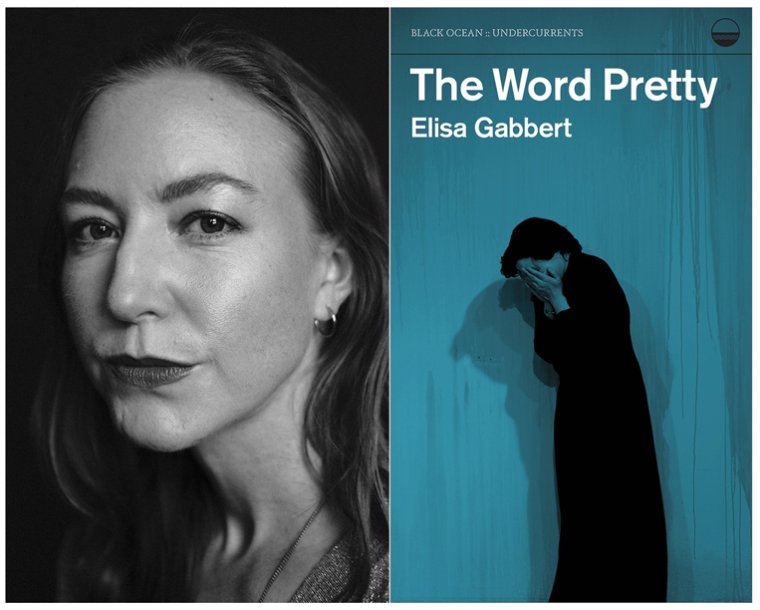
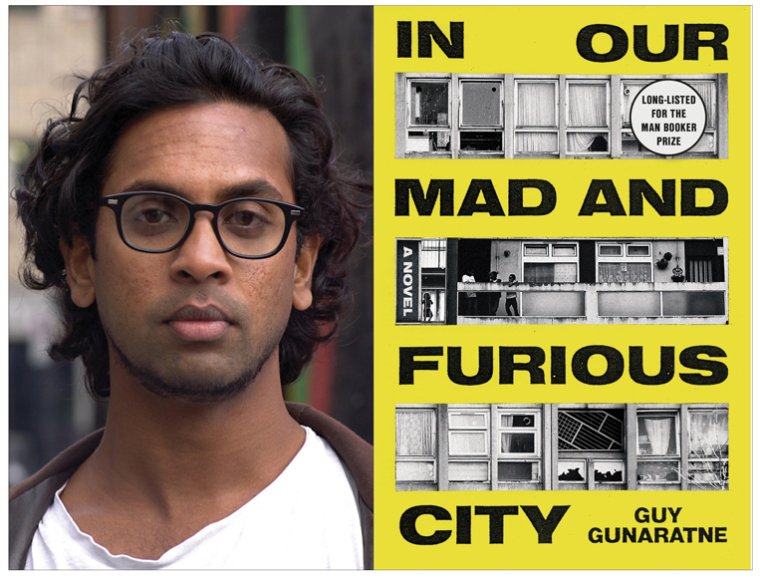
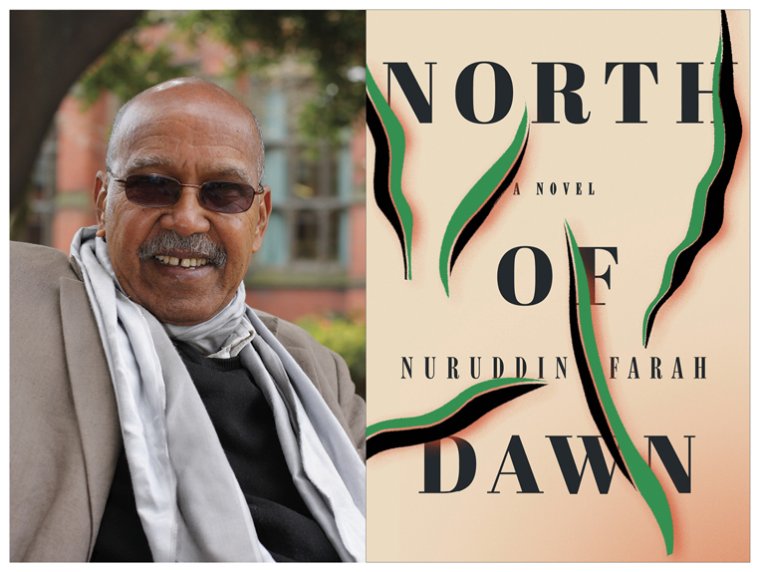
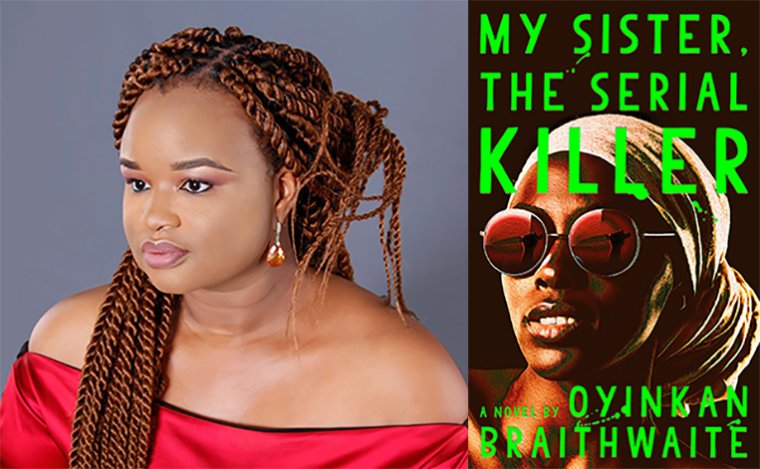
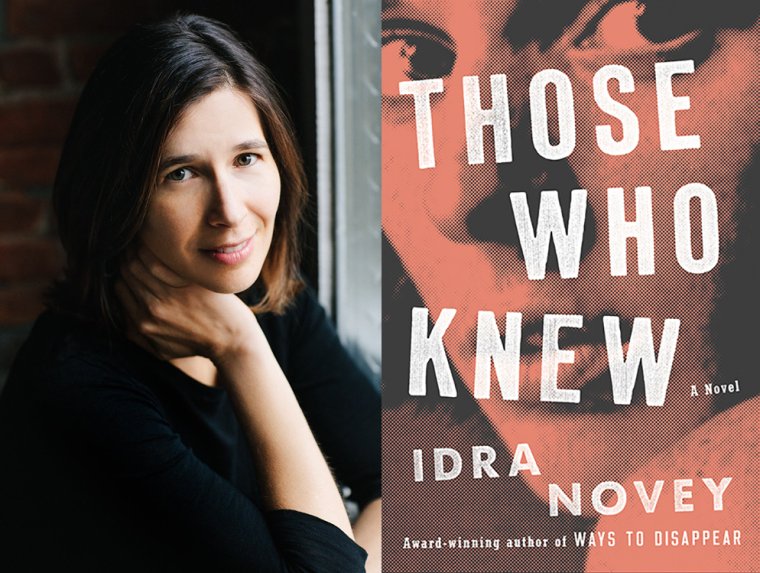
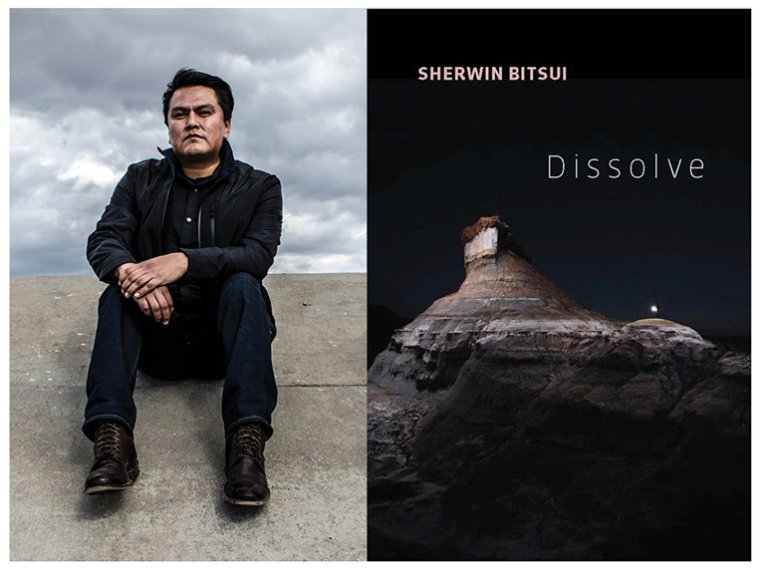
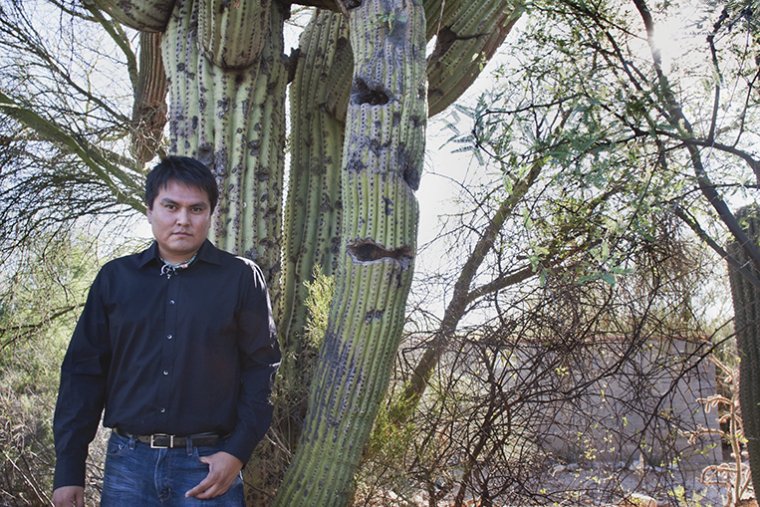
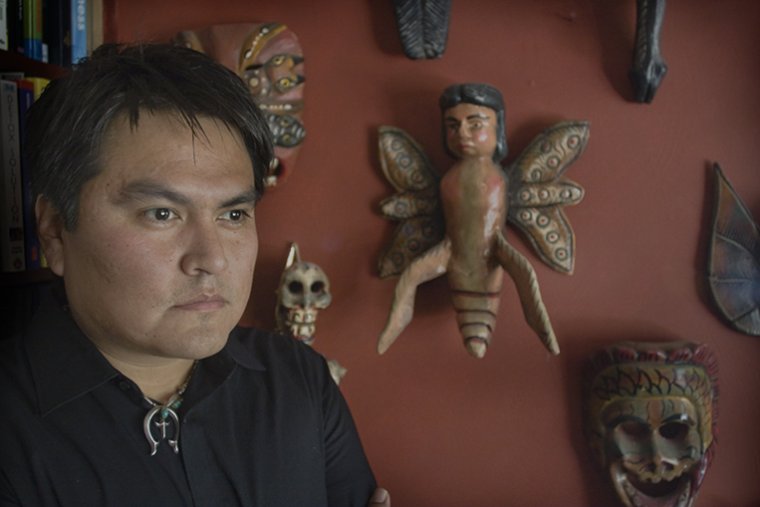
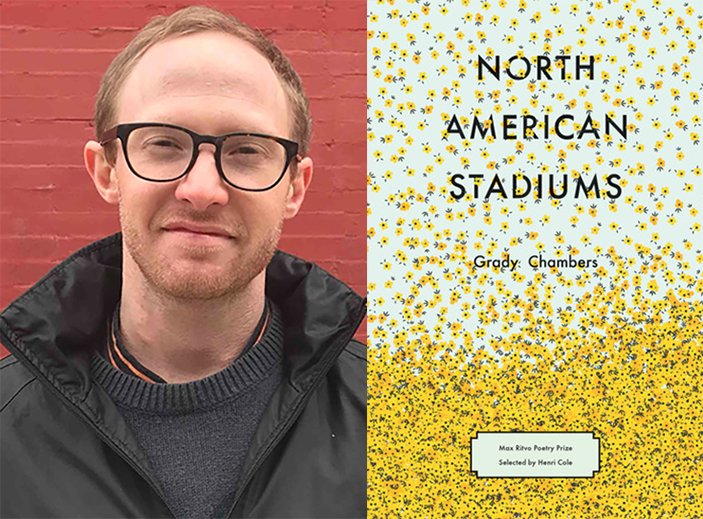
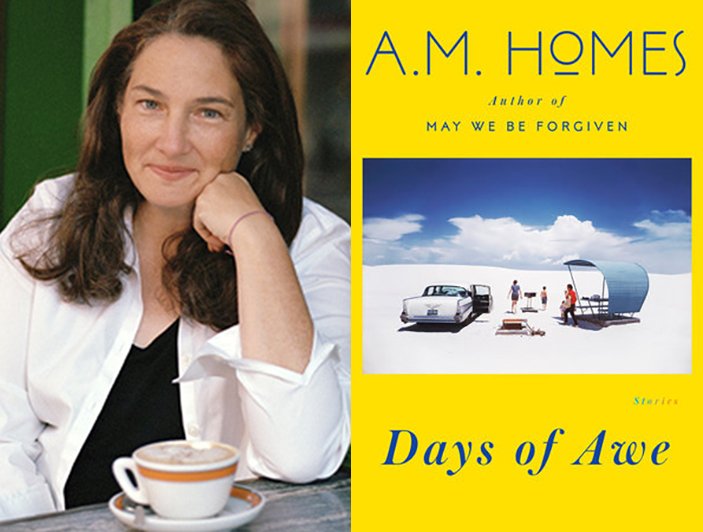
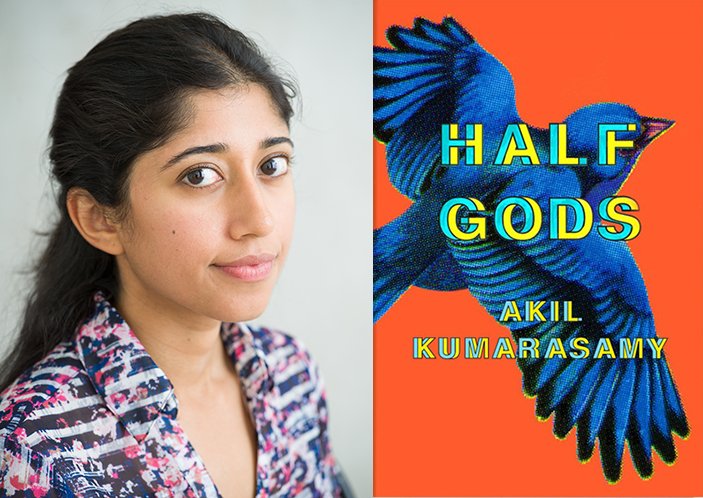
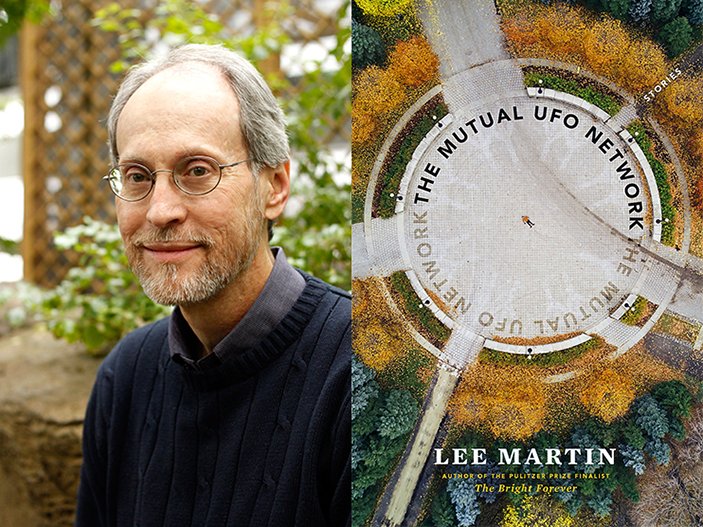
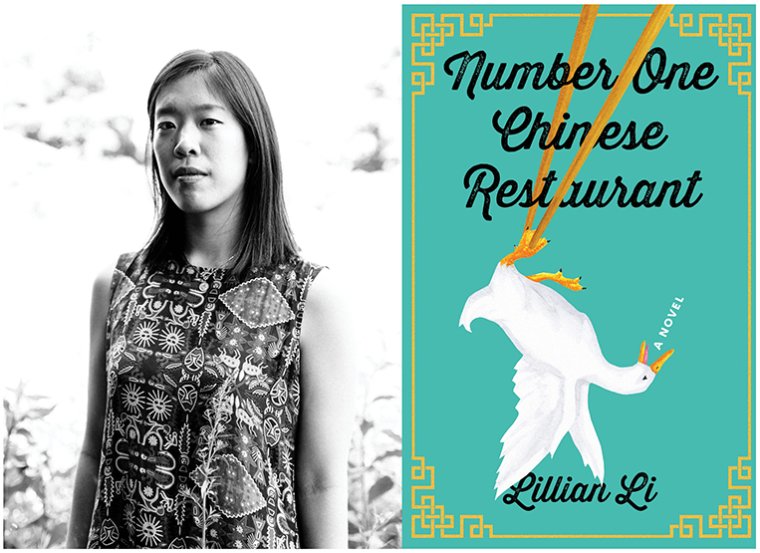
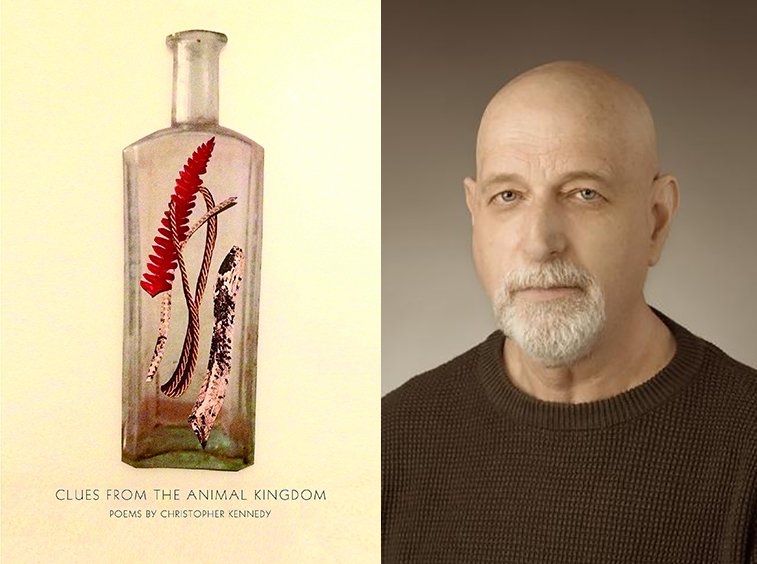
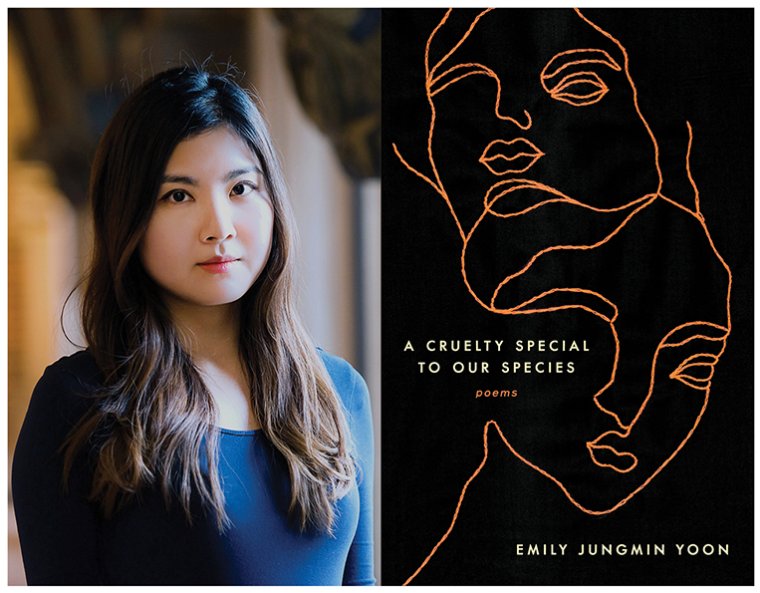
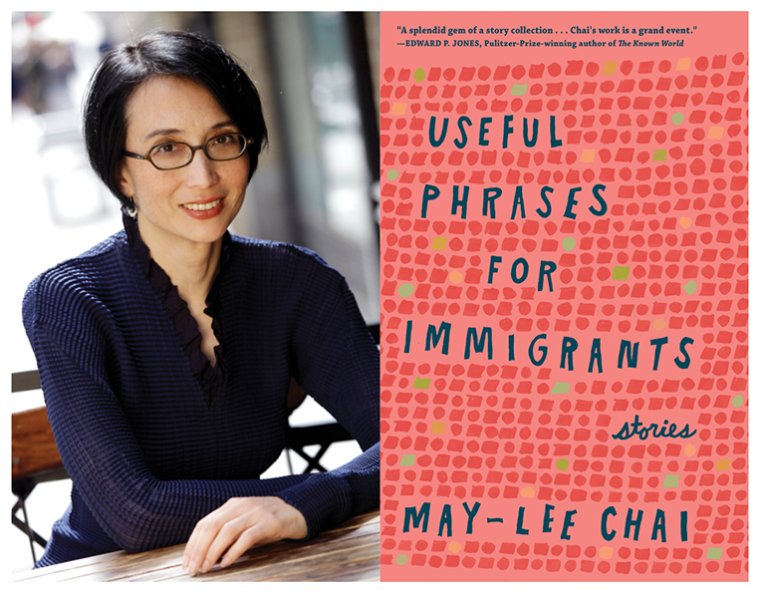
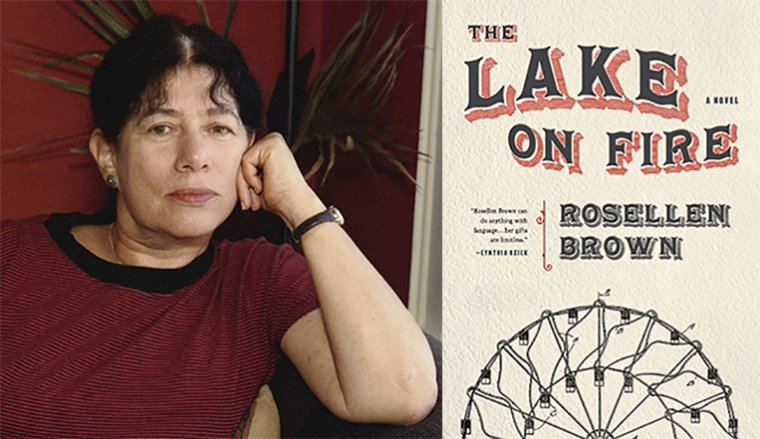
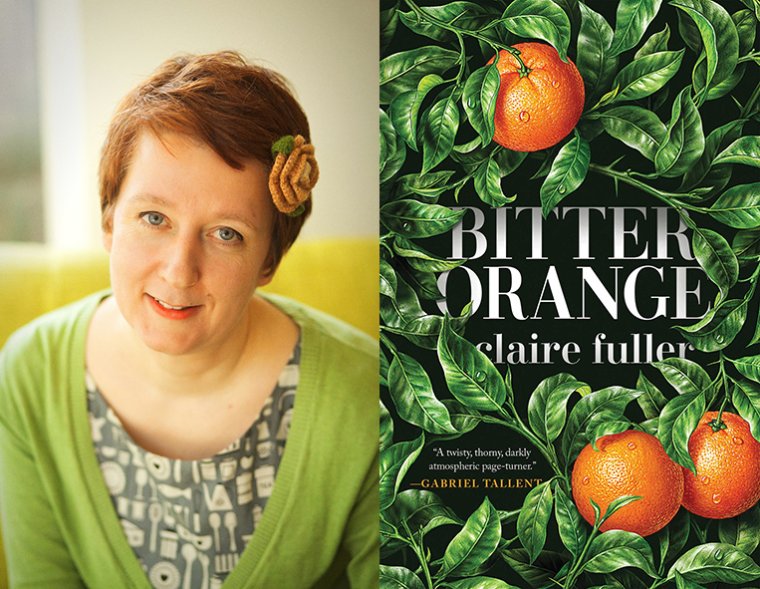
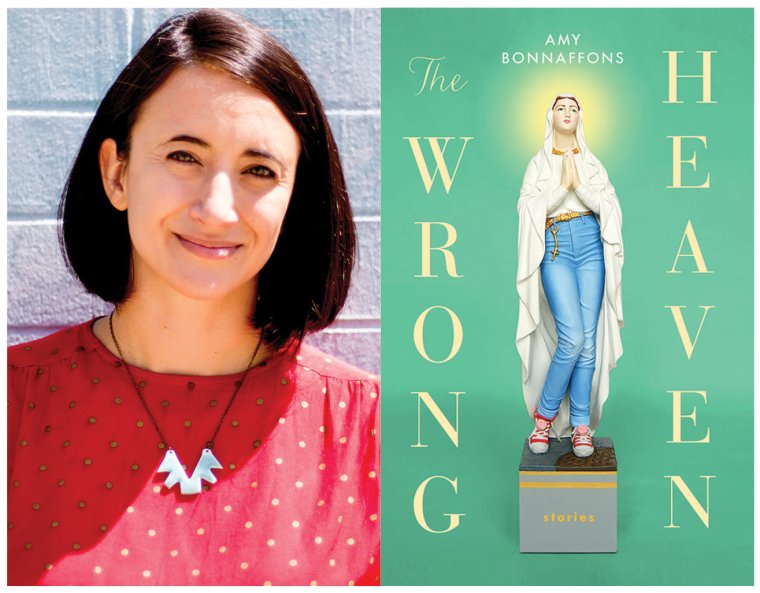
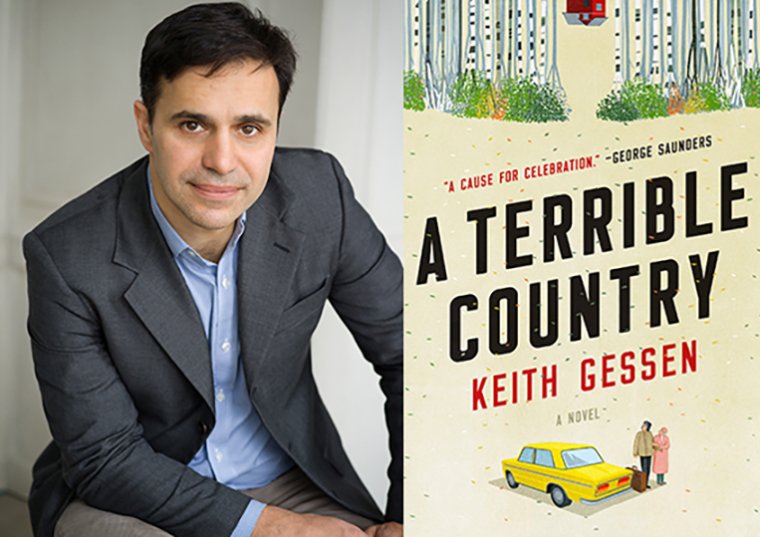
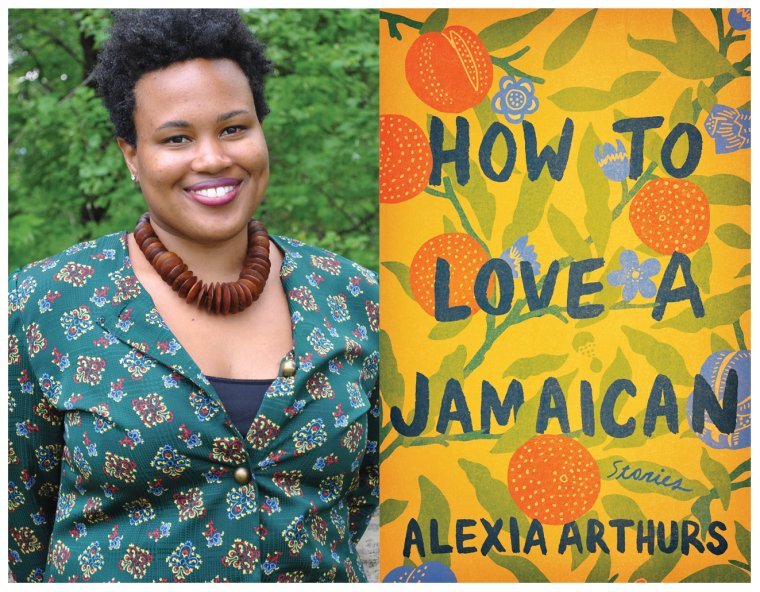
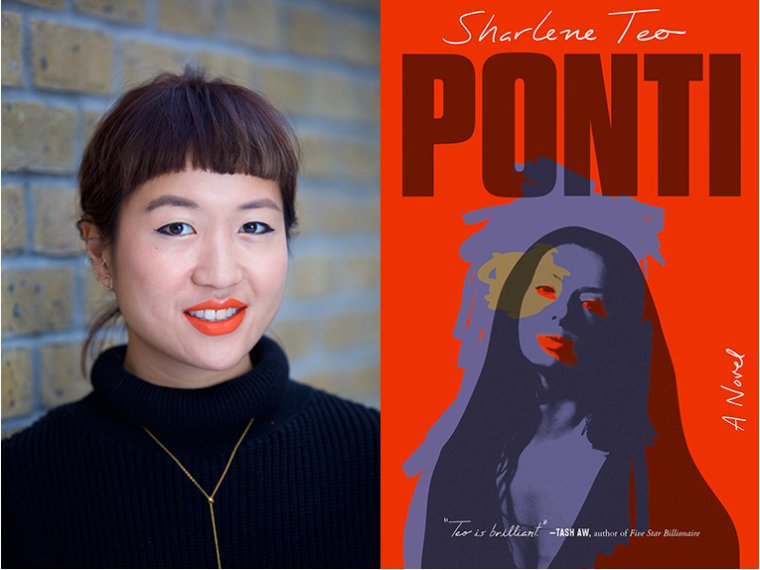
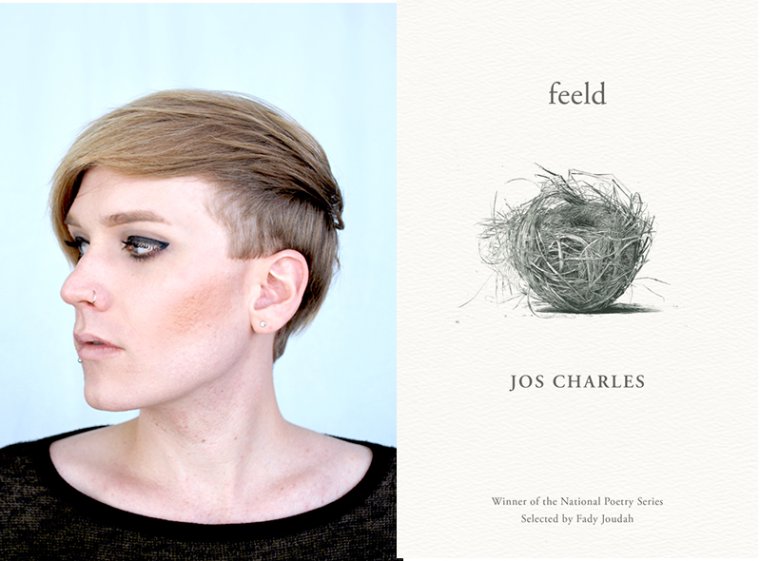
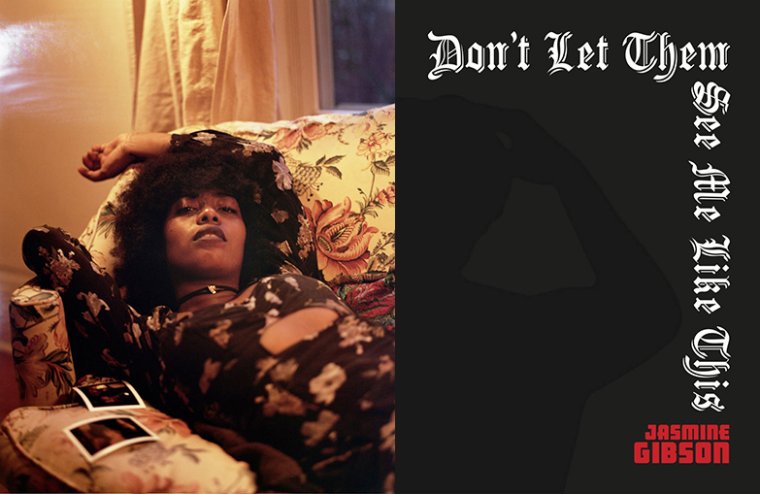
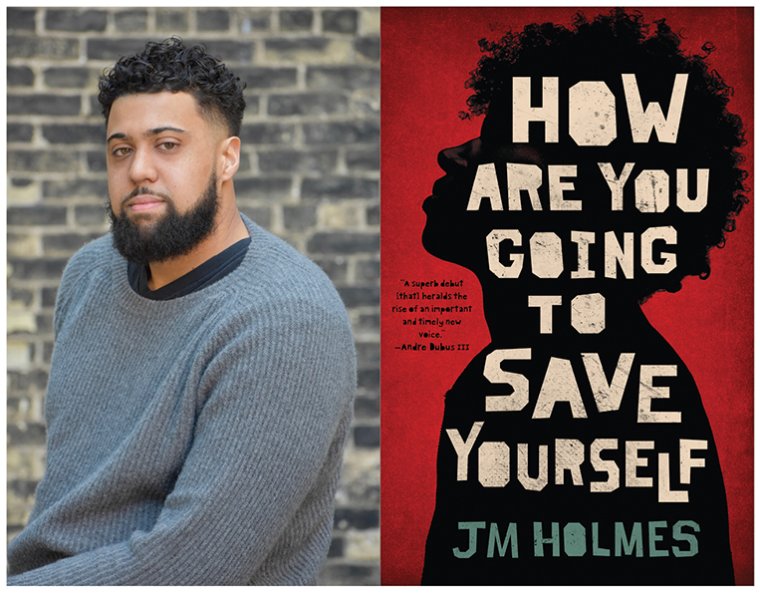
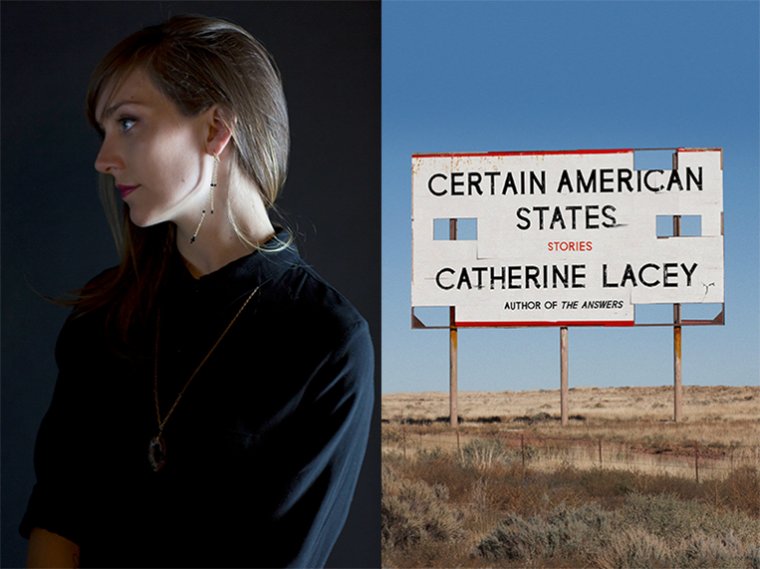
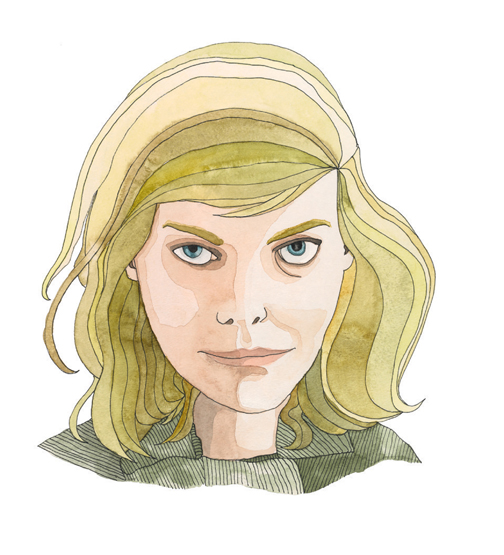
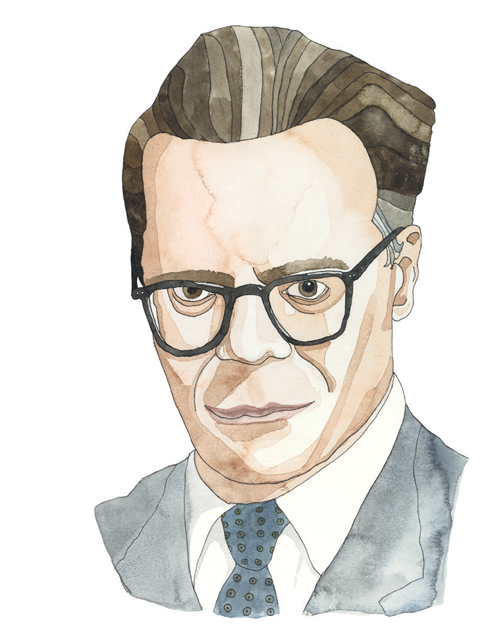
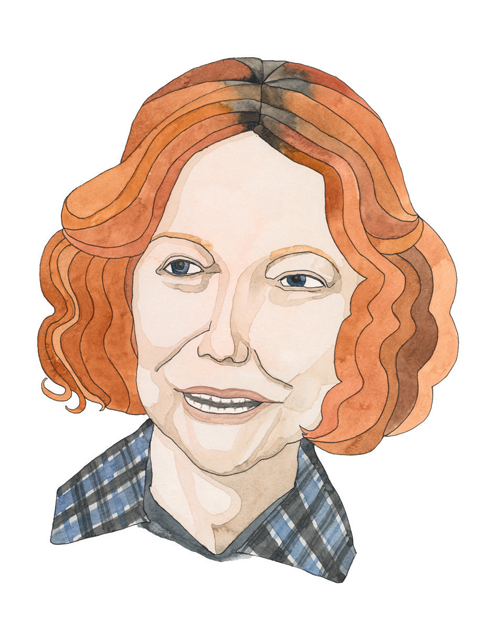
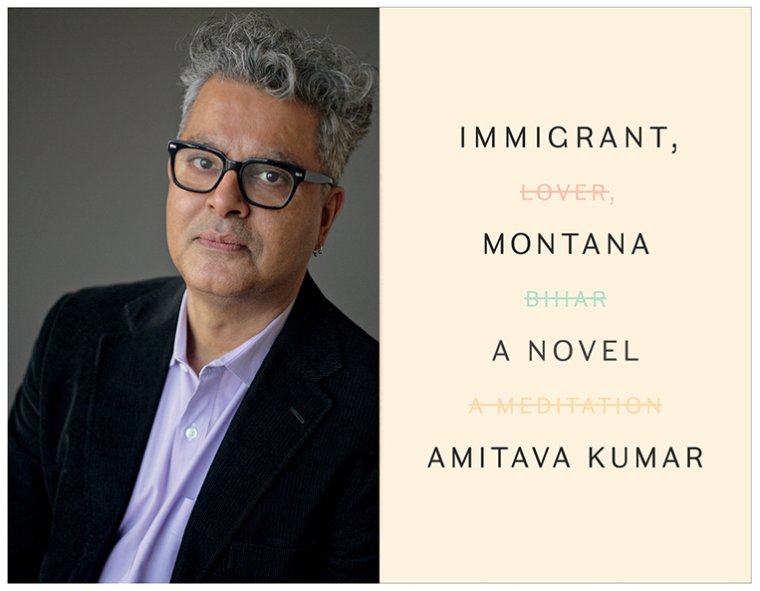
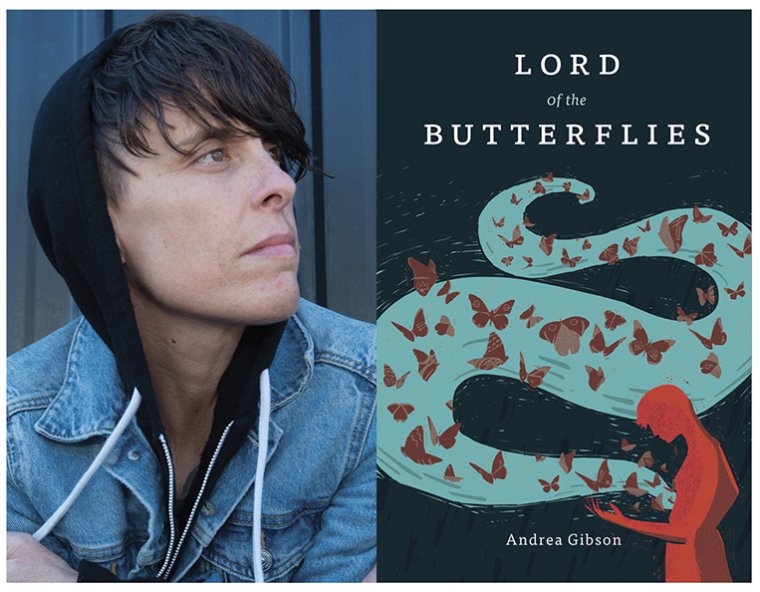
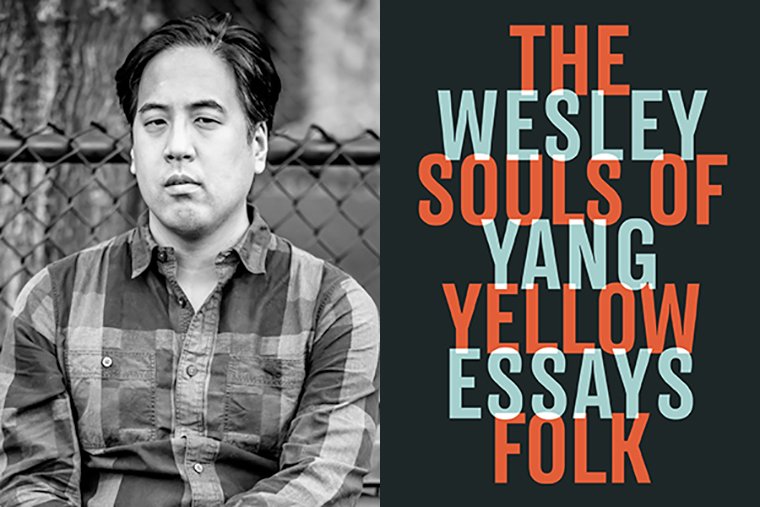
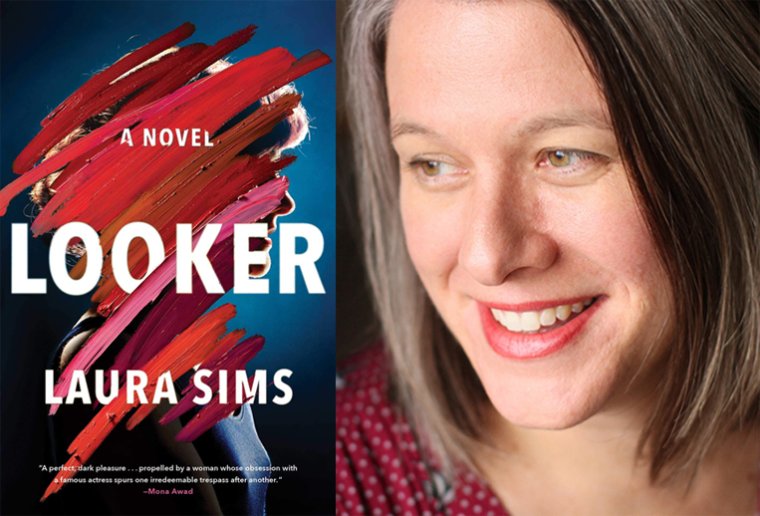
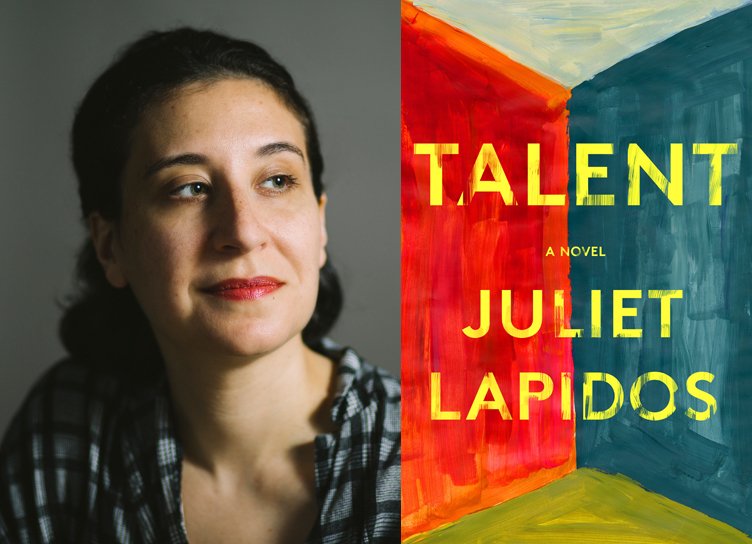
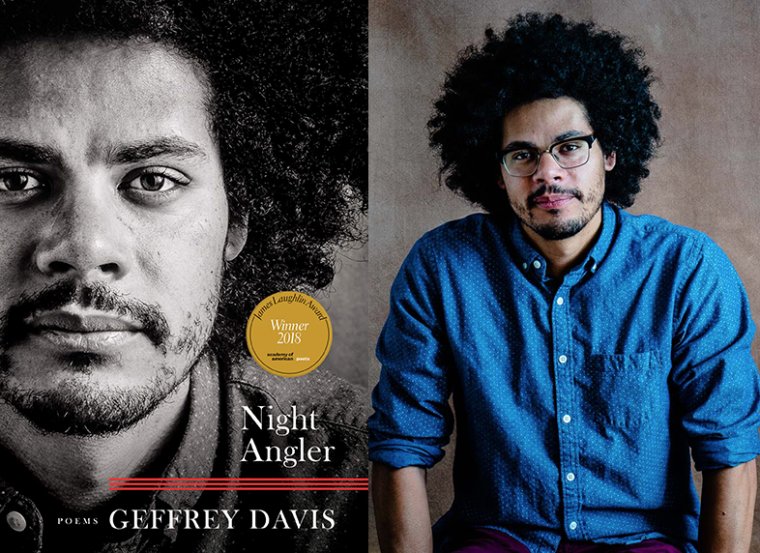
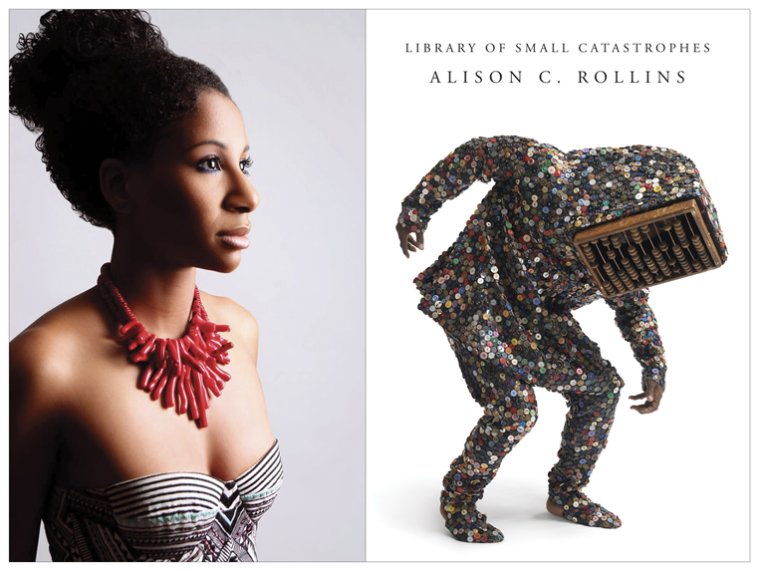
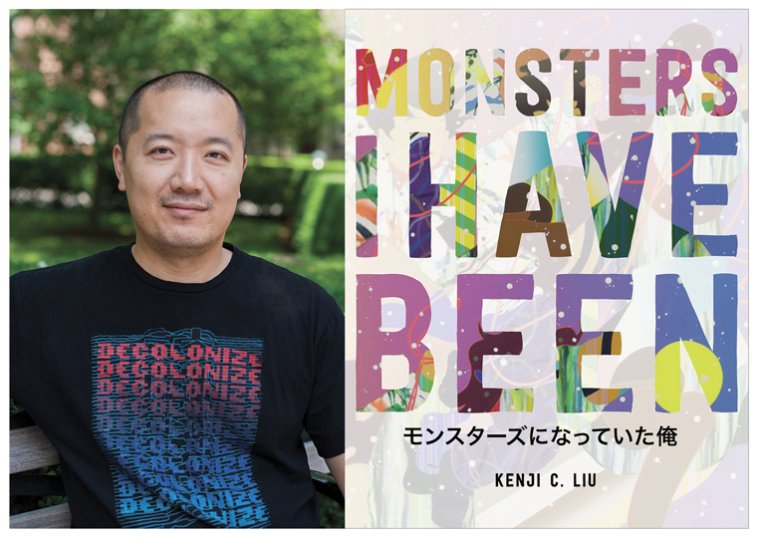
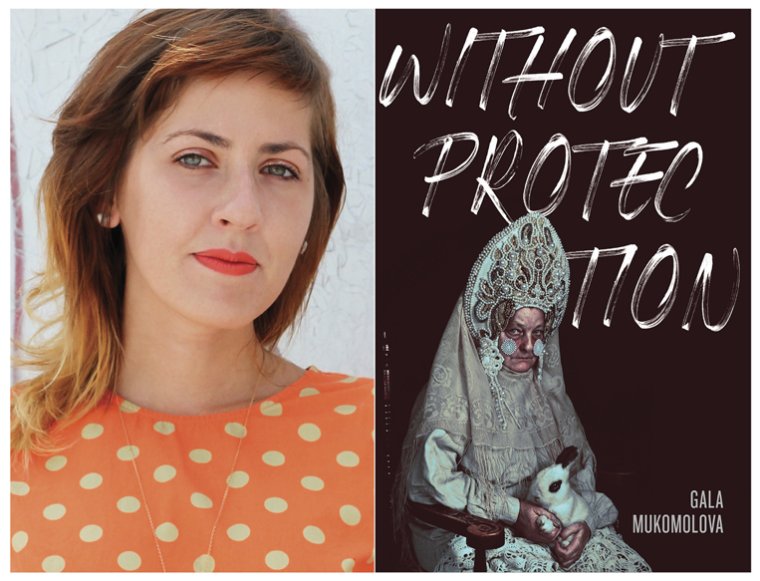
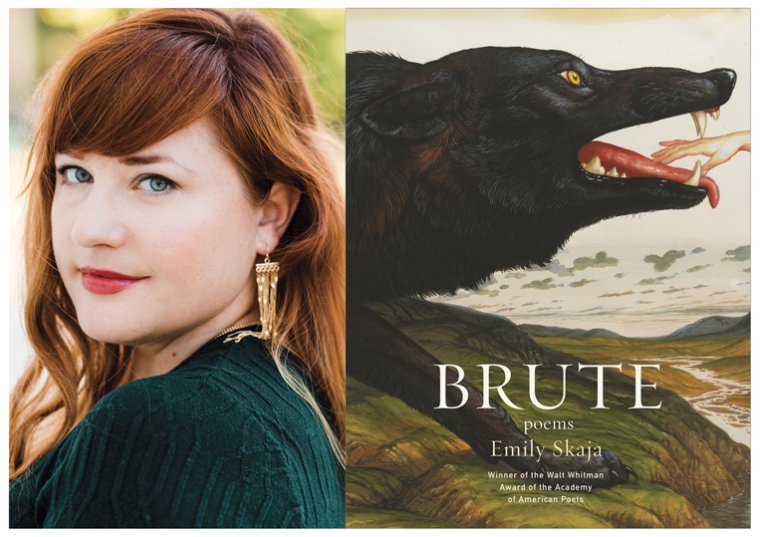
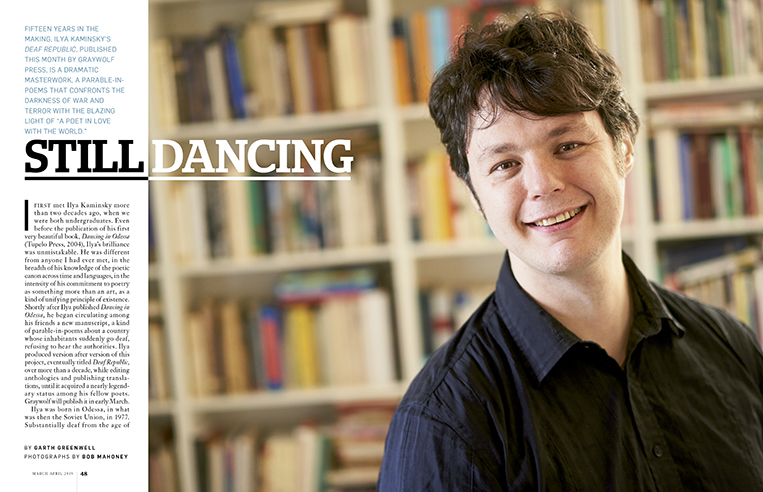

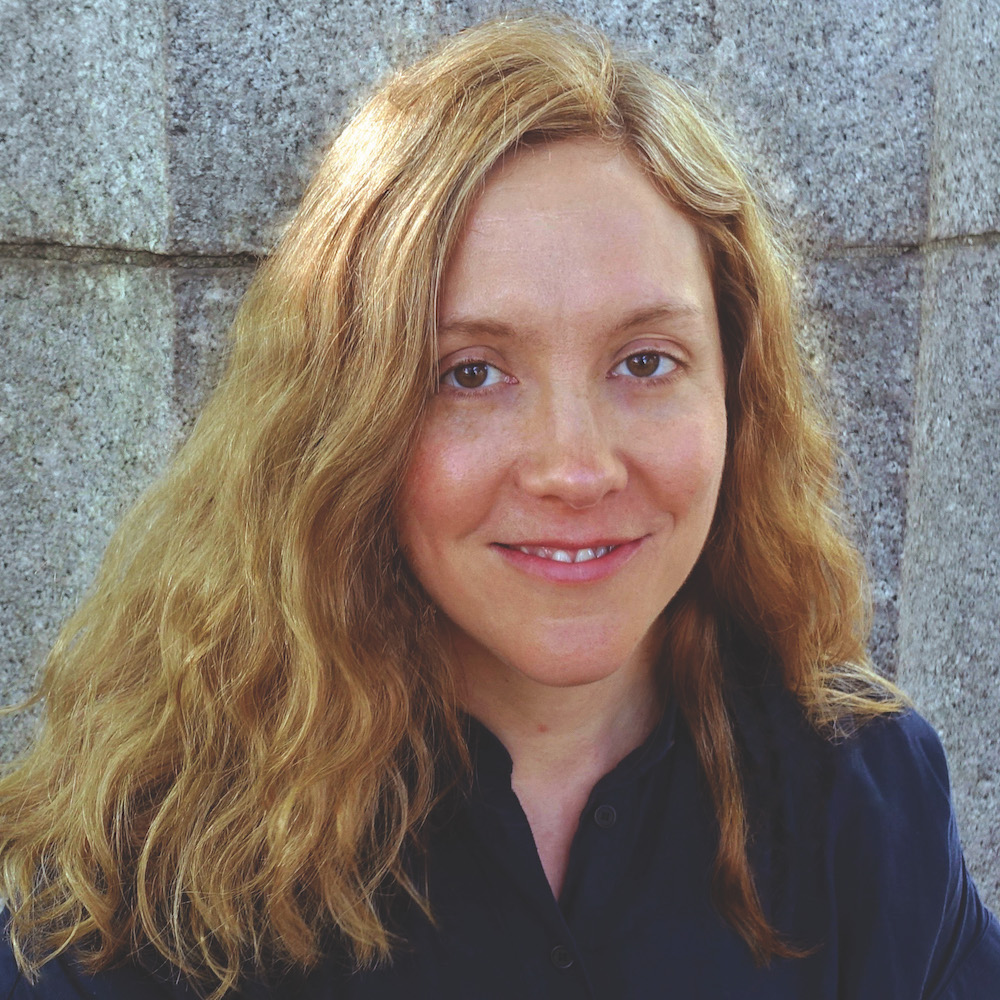
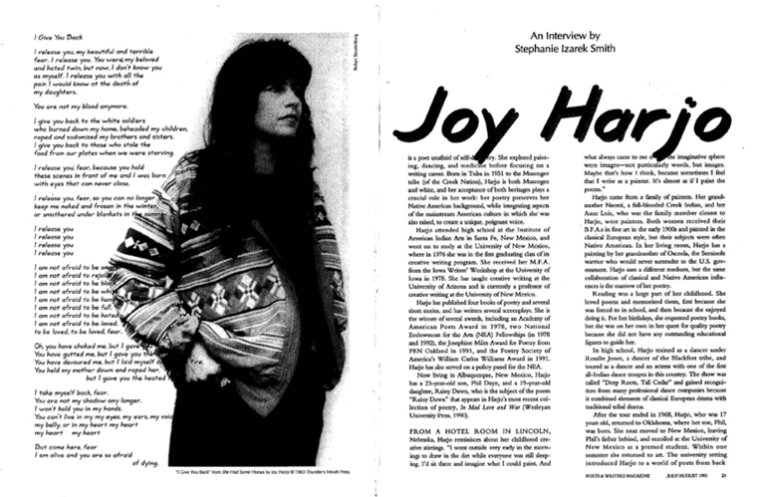
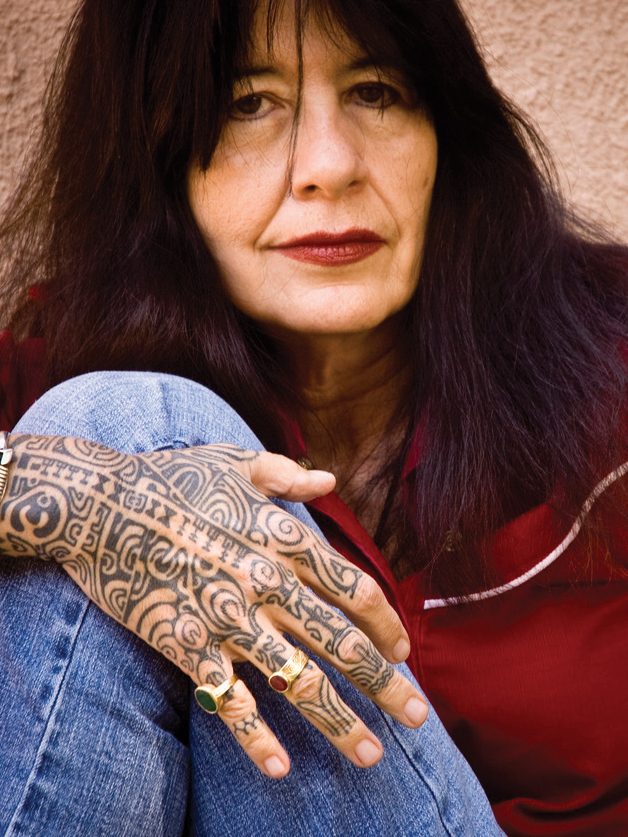
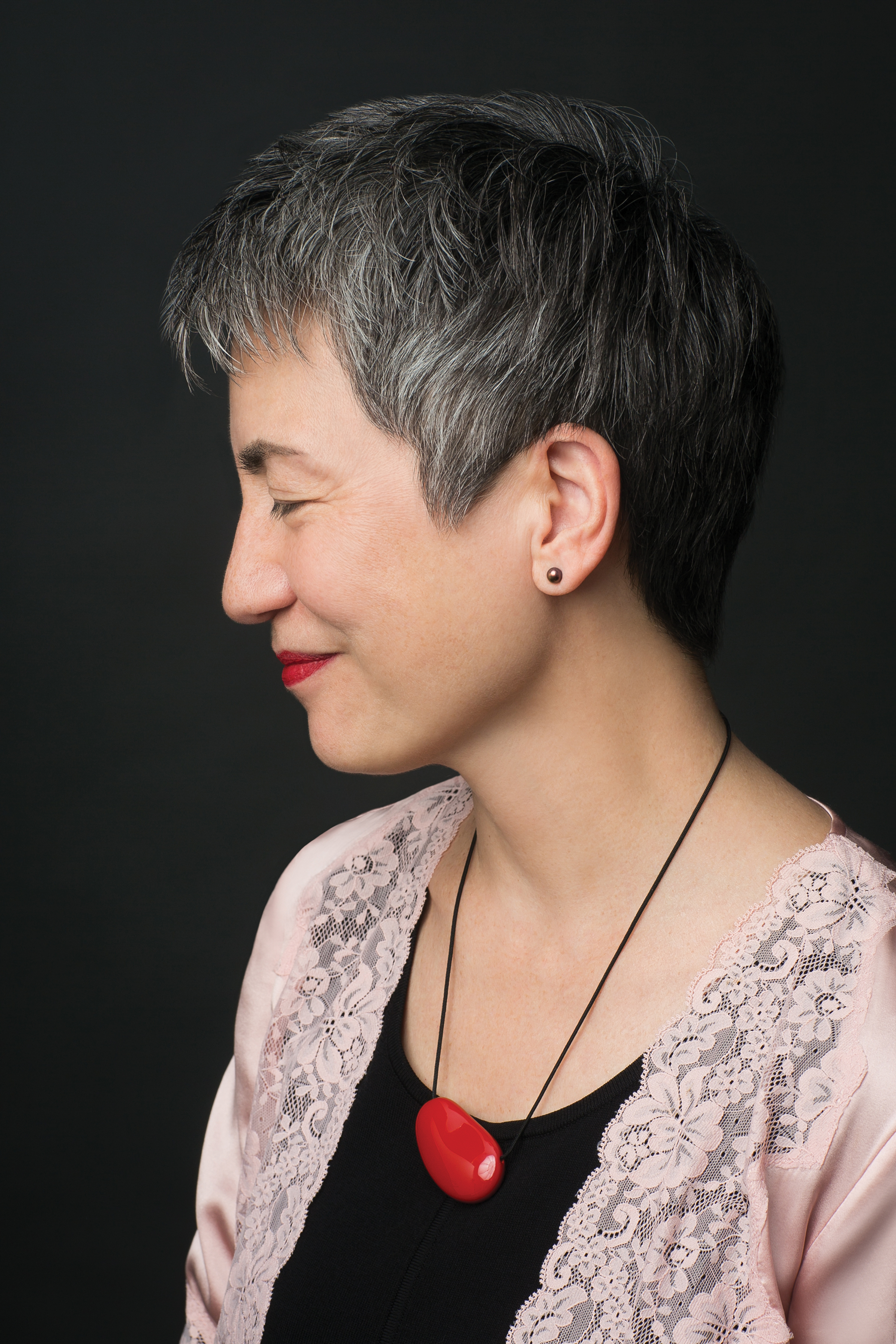
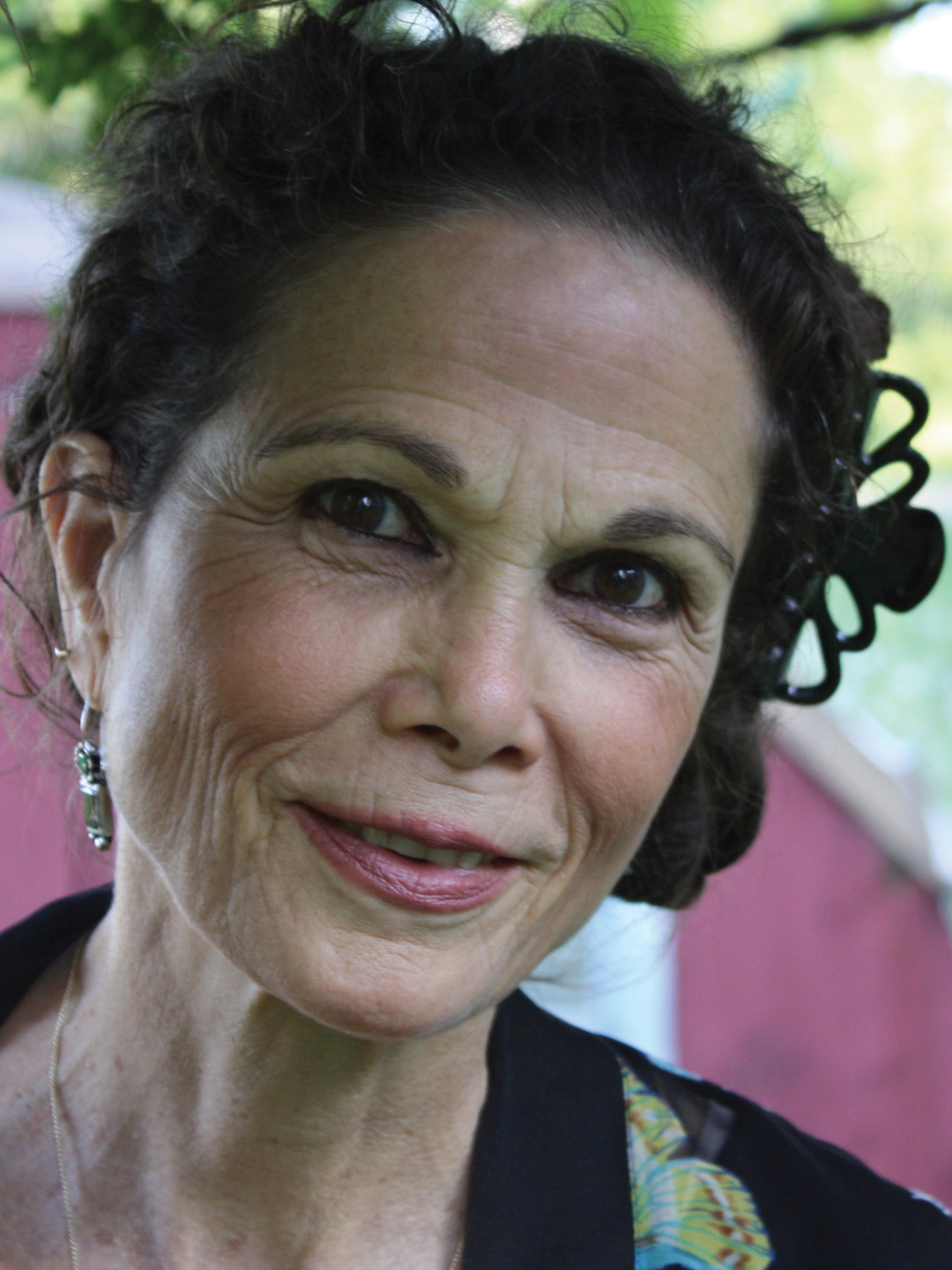
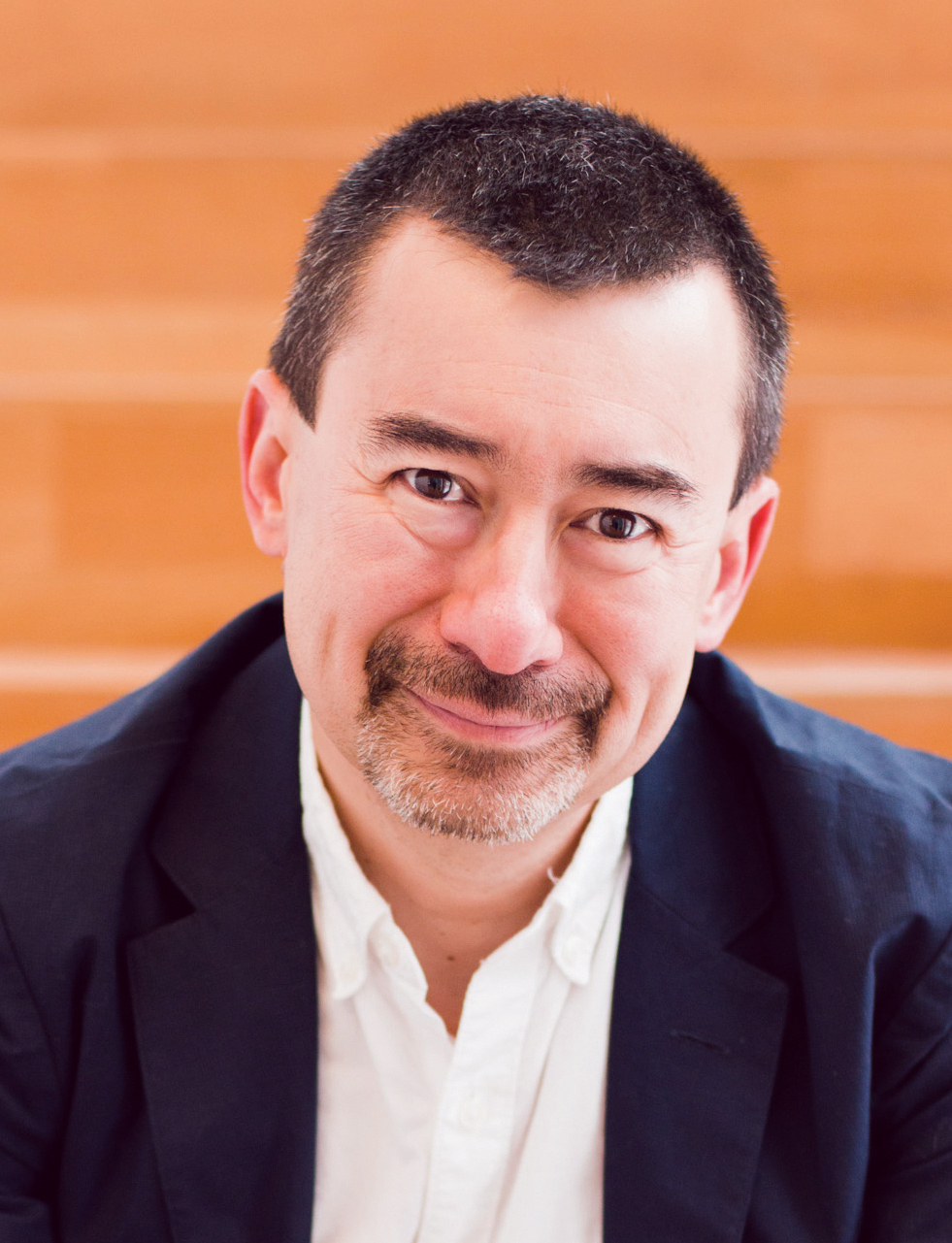
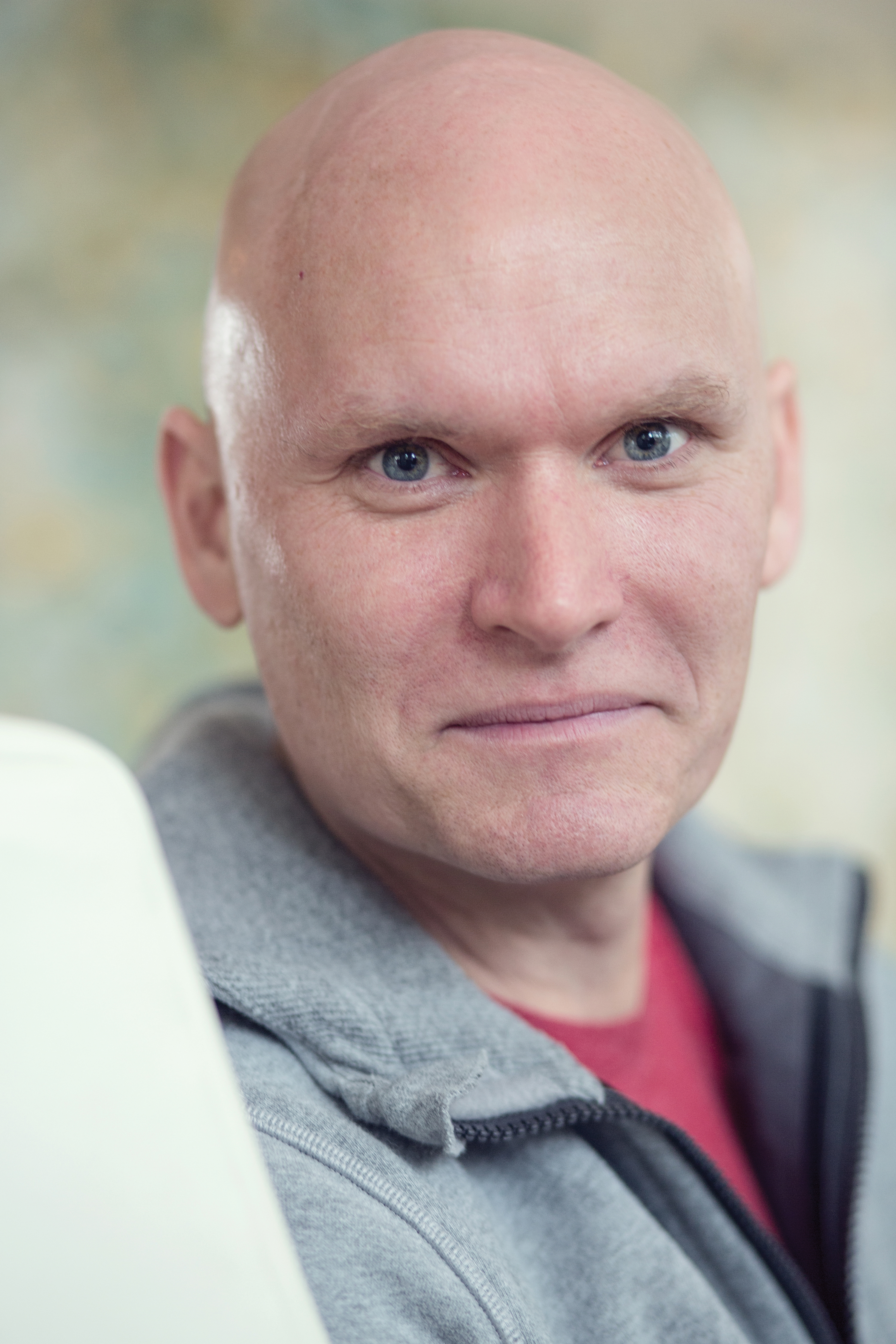
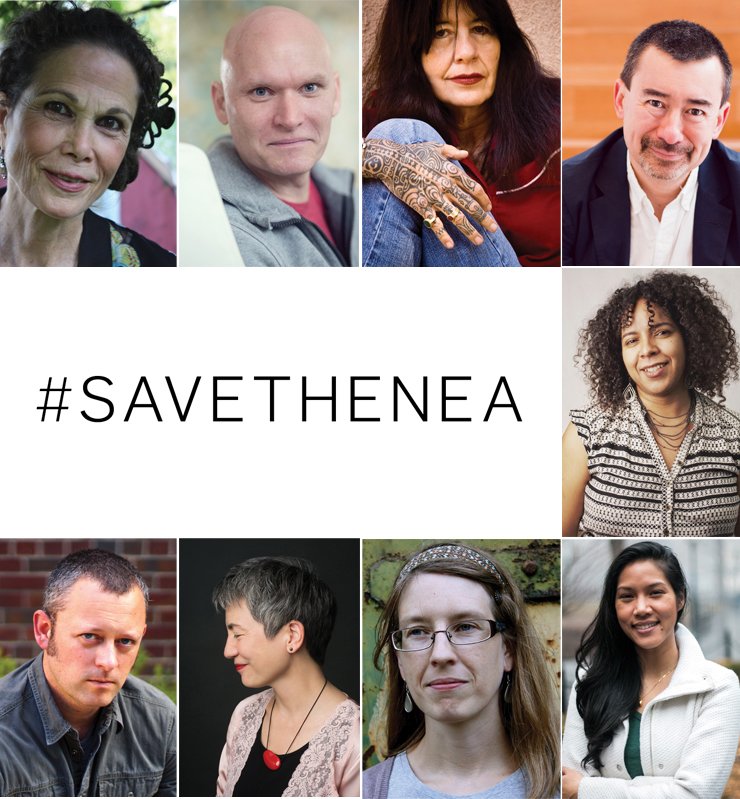
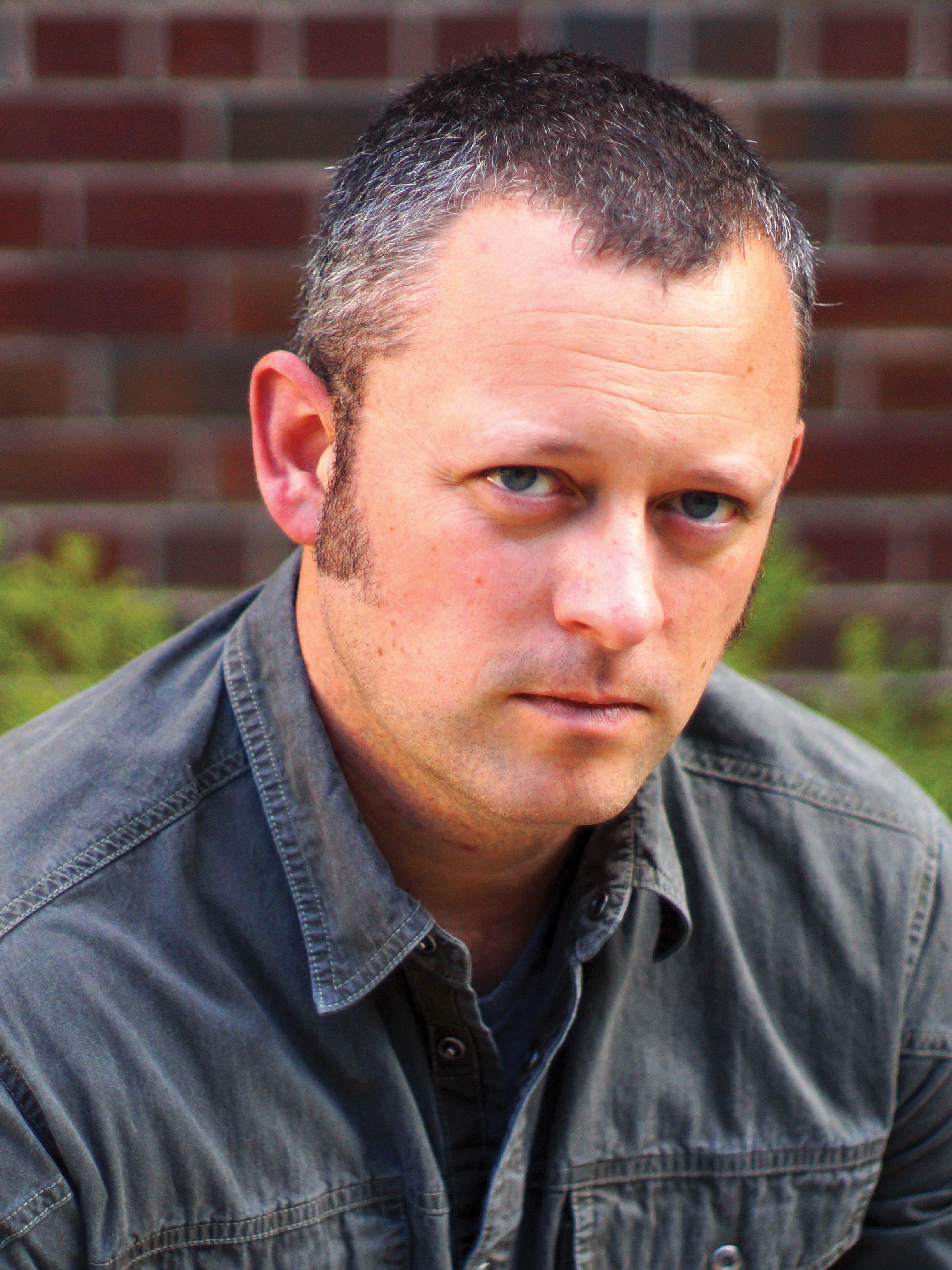
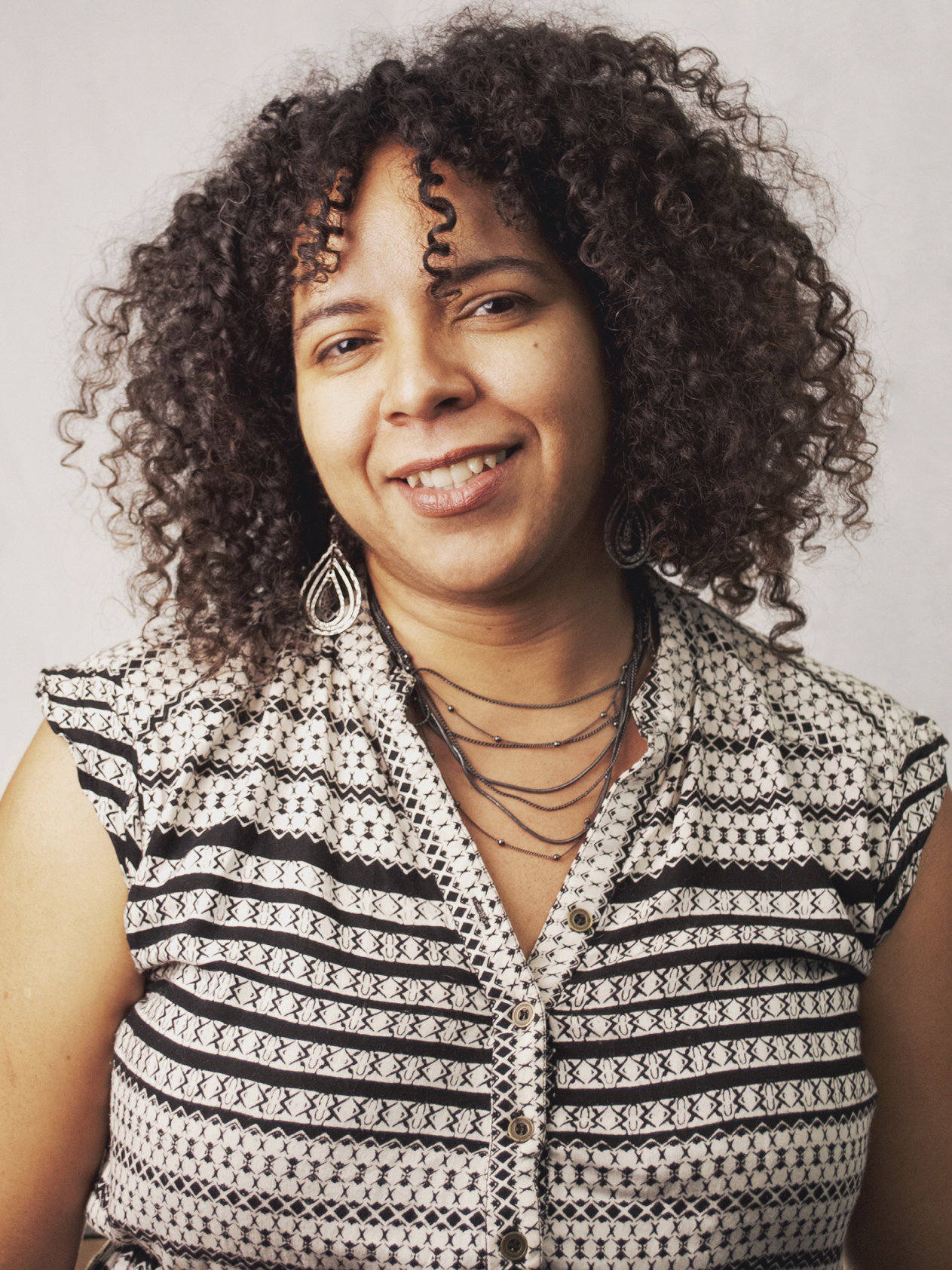
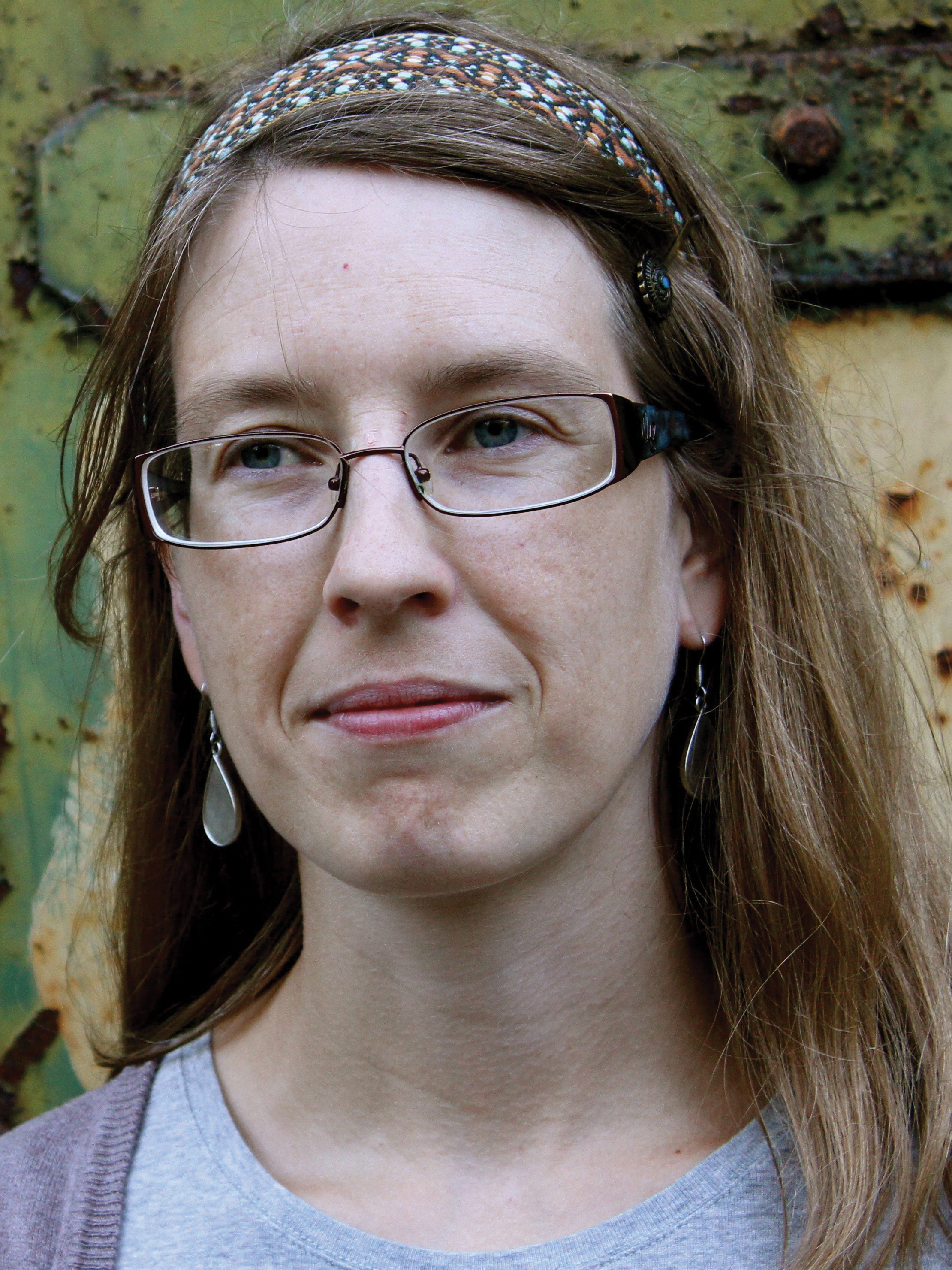
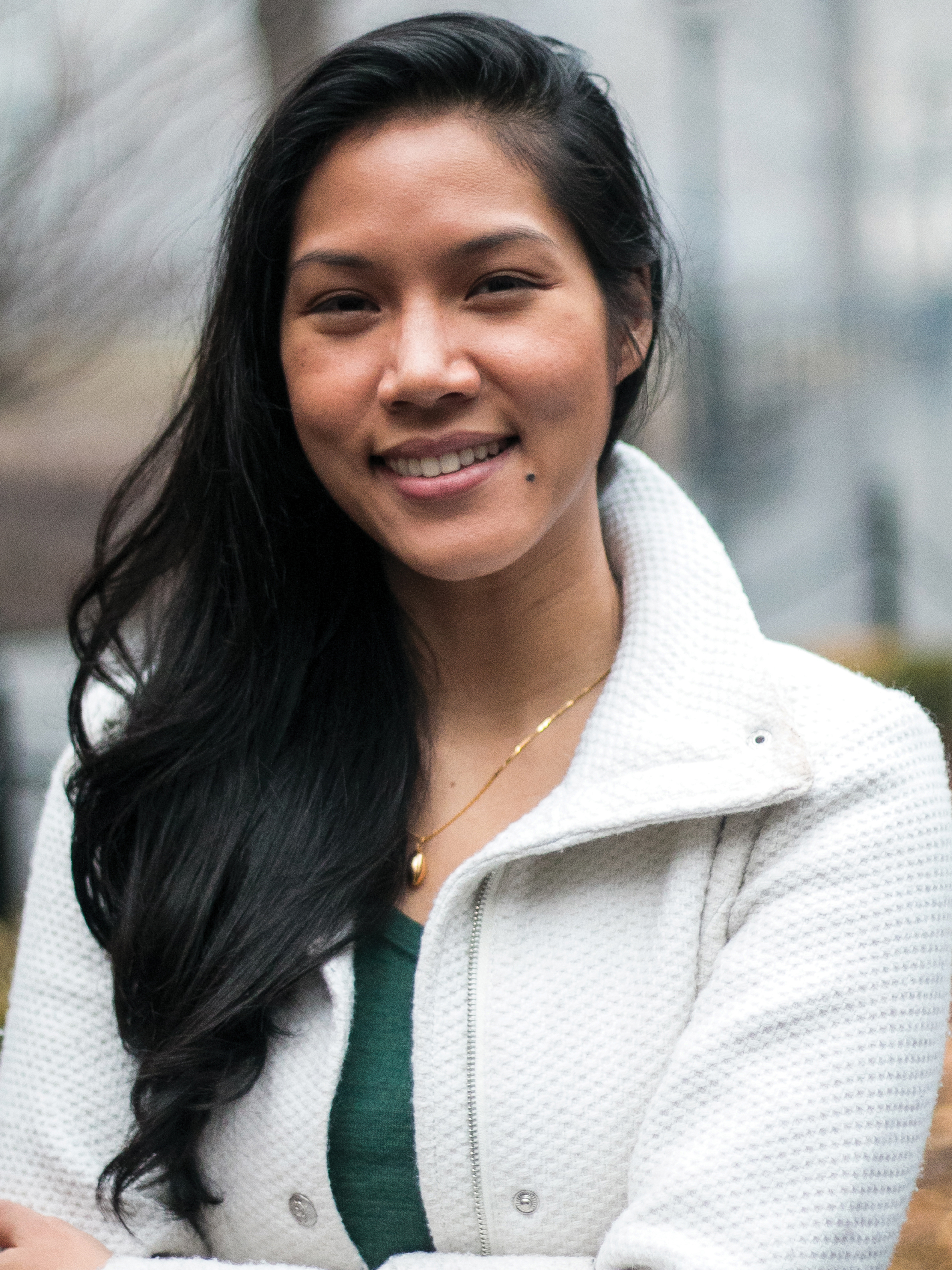

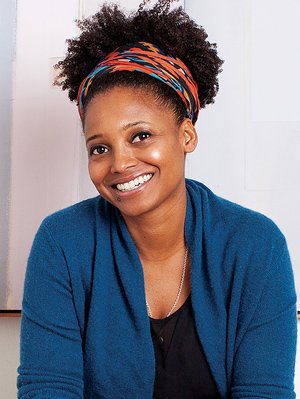
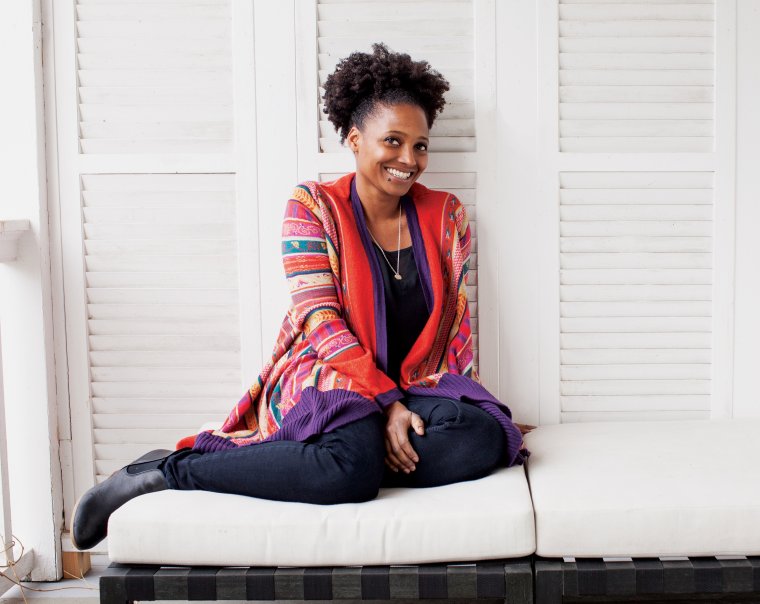

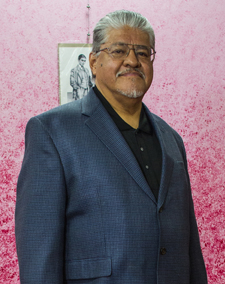 Before becoming the second poet laureate of Los Angeles, you founded a cultural center, helped start an organization for at-risk youth, worked in gang intervention, and campaigned for urban peace, actually helping to broker peace agreements between warring gangs. As poet laureate, what do you envision as your main project? How will this differ from the extensive work you’ve done in the past? Does the position afford you resources you didn’t have before?
Before becoming the second poet laureate of Los Angeles, you founded a cultural center, helped start an organization for at-risk youth, worked in gang intervention, and campaigned for urban peace, actually helping to broker peace agreements between warring gangs. As poet laureate, what do you envision as your main project? How will this differ from the extensive work you’ve done in the past? Does the position afford you resources you didn’t have before?